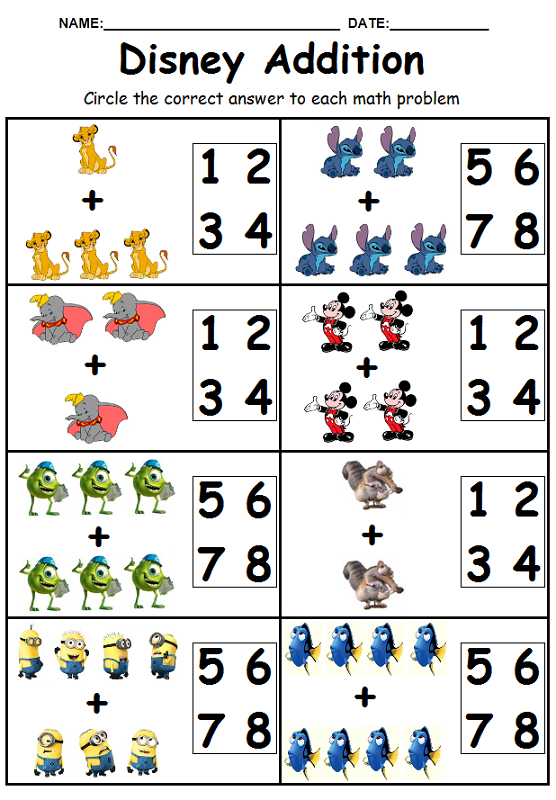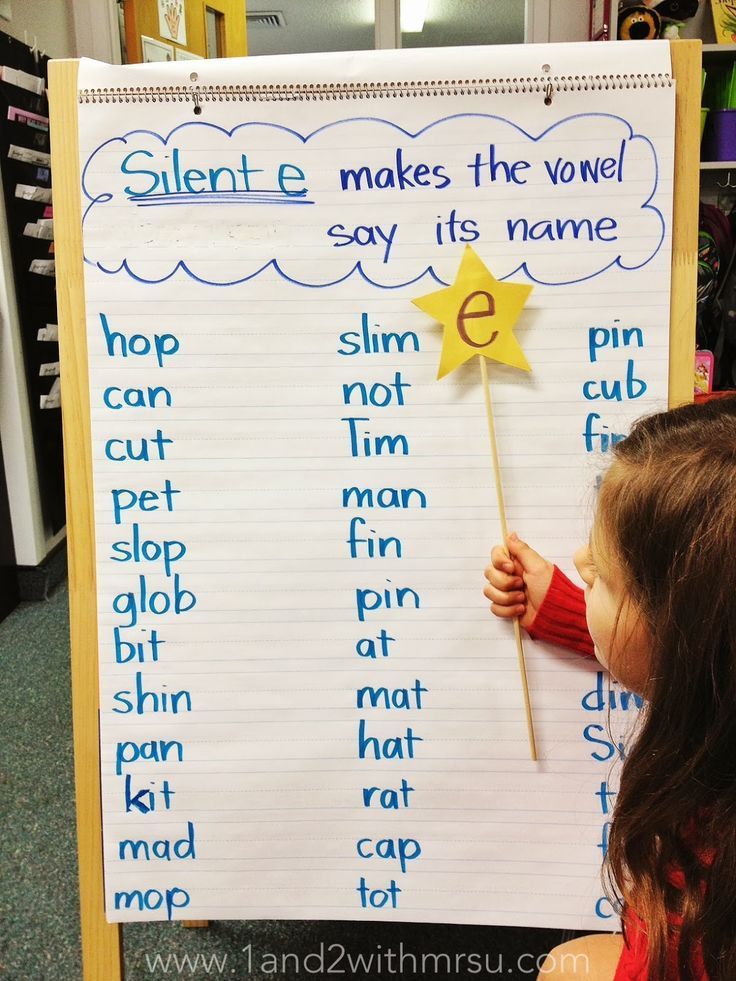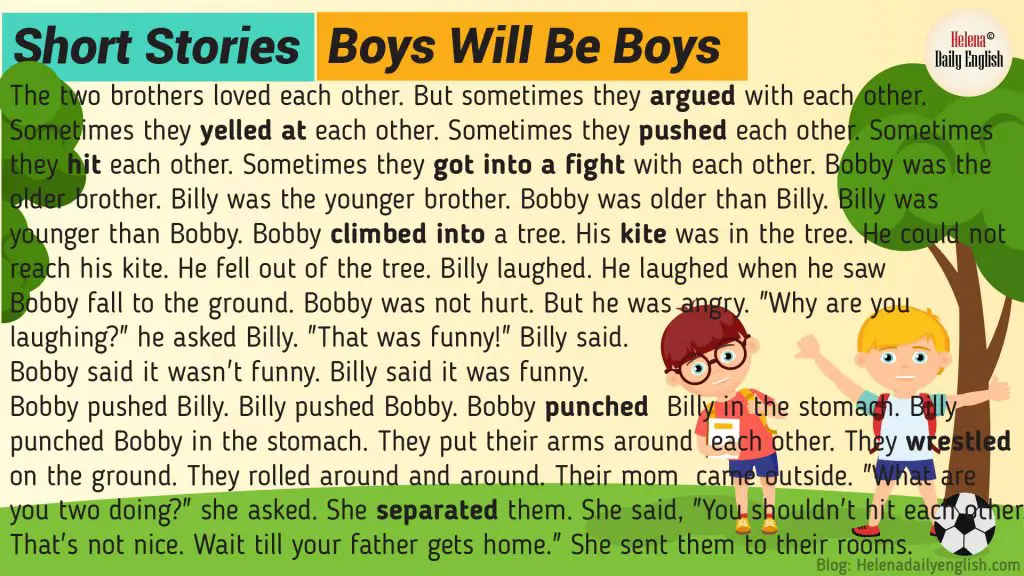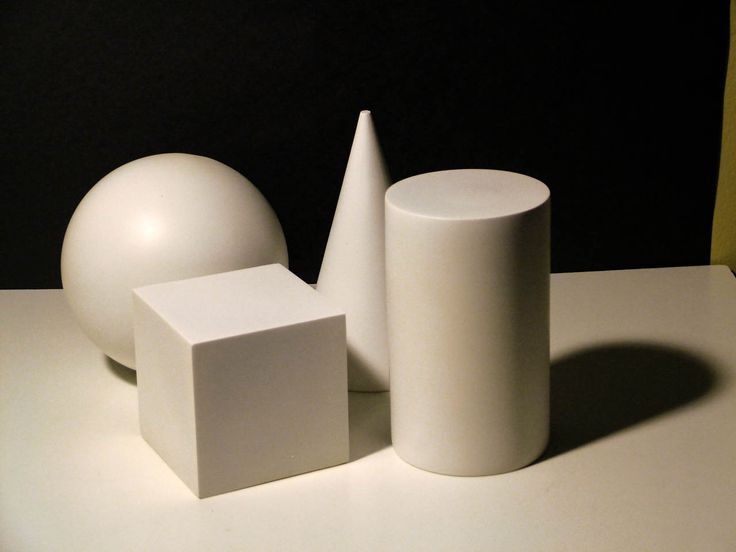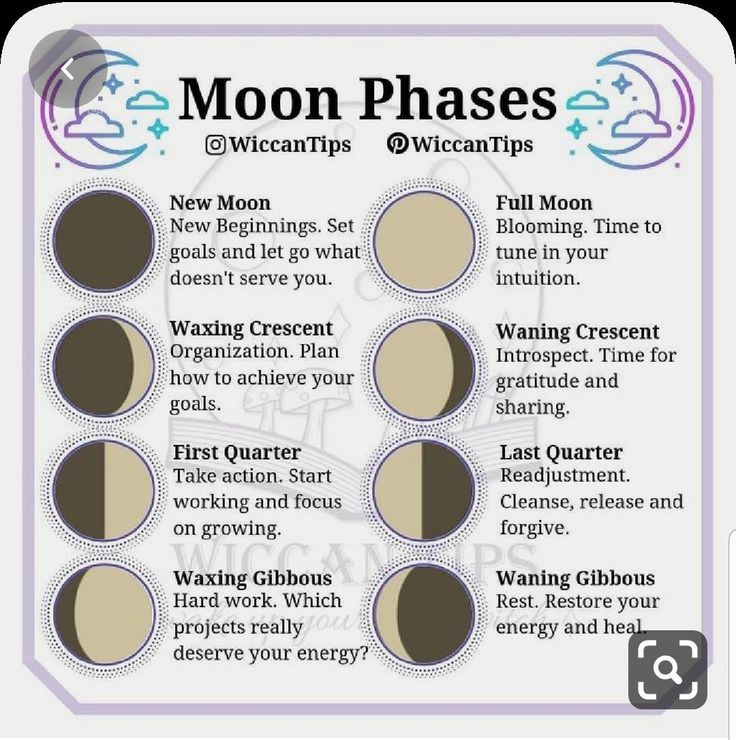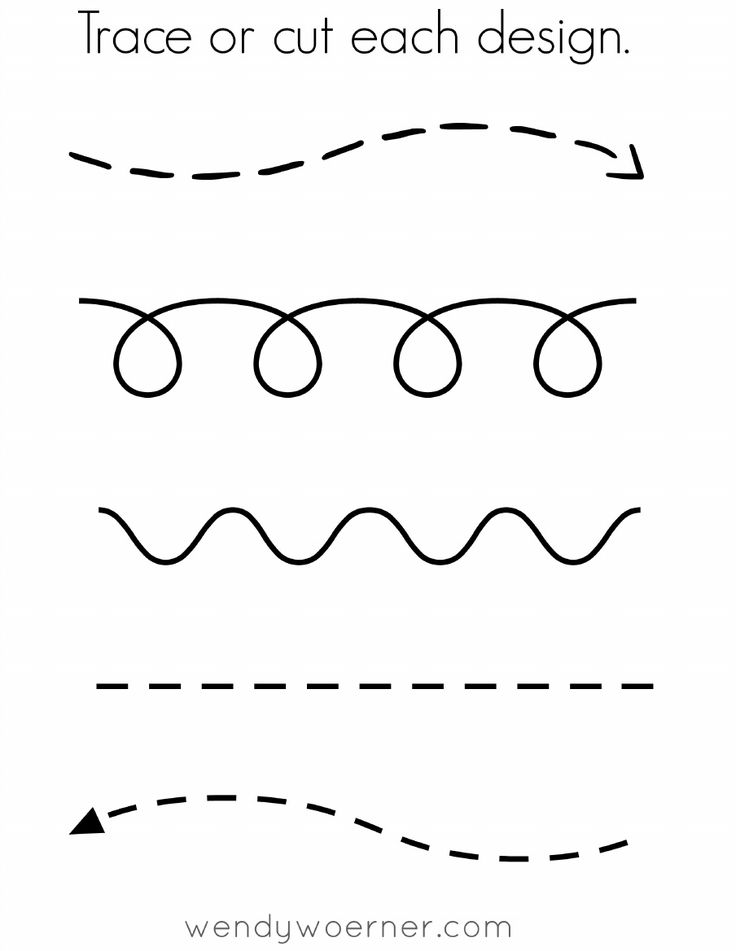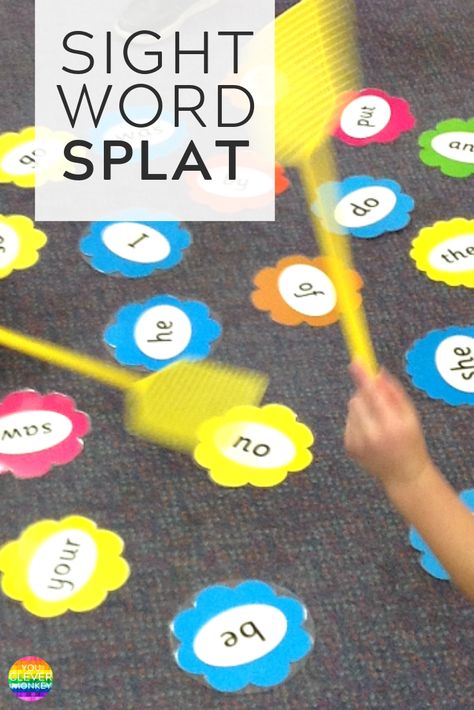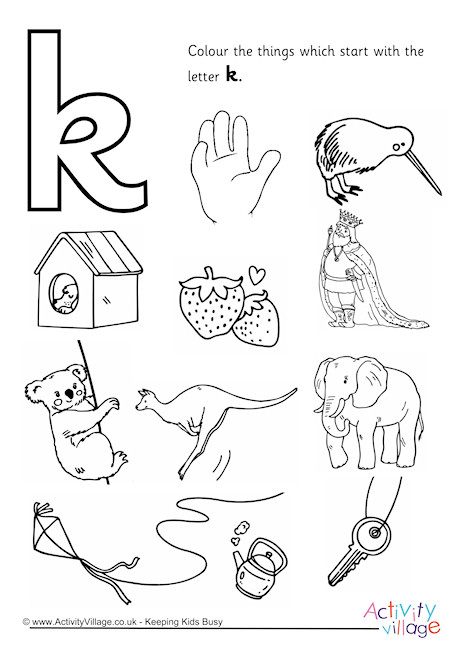List of be verbs in english
To be verbs completely explained
How to use
“to be” verbsAre you confused by “to be” verbs? It’s okay. “To be” verbs change almost more than any other verb. In other words, they are very irregular. Let’s learn how to use “to be” verbs correctly. Refer back to this lesson when you have questions about how to use them in the future.
What are “to be” verbs?
“To be” verbs are: are, am, is, was, were, been and being. They are used to describe or tell us the condition of people, things, places and ideas. For example, they could tell us the subject’s age, nationality, job or other traits.
Forms of “
To be” by tense. There are many English tenses, but the main ones you will use are present, past, present progressive and present perfect
The correct “to be” verb to use depends on your subject and tense. This chart shows you proper subject verb agreement with “to be” verbs.
Note: Contractions are short forms that will sound more like how people speak.
Feel free to print this out for reference.
These are examples of how you will see “to be” verbs most often.
“To be” verbs in positive present tense sentences
I am American.
He is a teacher.
She is happy.
They are at the movies.
“To be” verbs in negative present tense sentences
I am not angry.
She is not at school.
It is not broken.
We are not students.
“To be” verbs in affirmative past tense sentences
I was hungry.
She was at the movies.
You were there.
It was great!.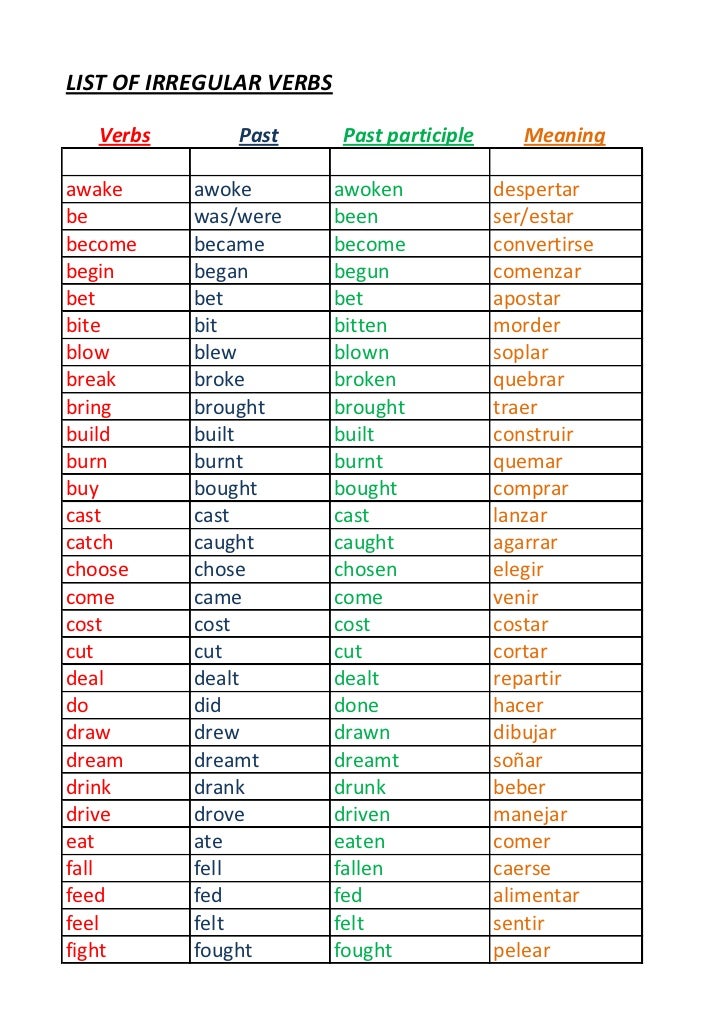
They were excited.
“To be” verbs in negative past tense sentences
I was not there.
You were not here.
He wasn’t a teacher.
We weren’t at the restaurant.
Questions using “to be” verbs
To make questions with be verbs, use this order: To be verb + subject + complement
Was I there?
Were you sad?
Was she at school?
Was it a good movie?
Were they late?
Advanced SectionThe previous section contained examples of what most beginners need to learn for using “to be” verbs correctly. In this section, we’ll be covering many other ways to use them.
The
present perfect formThe present perfect form is used for describing experiences or events that have happened in the past when the exact time is not important.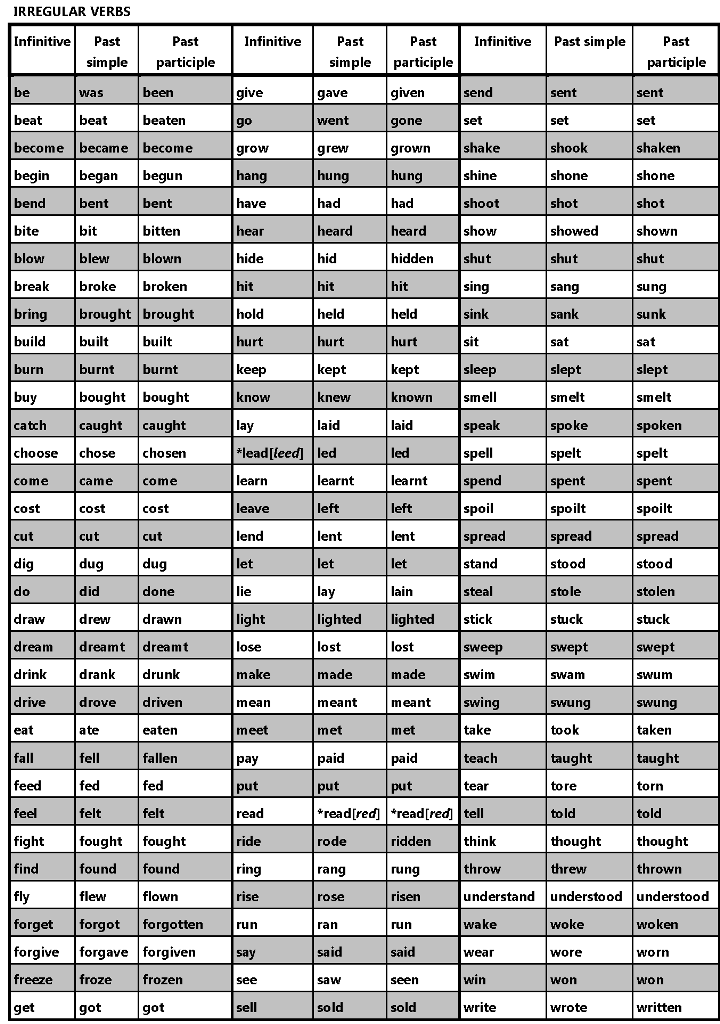
It uses this structure: subject + has/have + been + complement
Examples:
I have been there.
You have been good.
It has been difficult.
He has been an electrician.
We have been here all day.
They have been well-behaved.
Asking
questions using the present perfect form.Questions in the present perfect perform form use the structure: Has/have + subject + been + complement
Examples:
Have I been mean?
Have you been worried?
Has he been there?
Have they been anxious?
The
Present Progressive FormThe present progressive form is for describing continuous or ongoing actions happening right now vs the simple present which describes habits or things which happen now and again.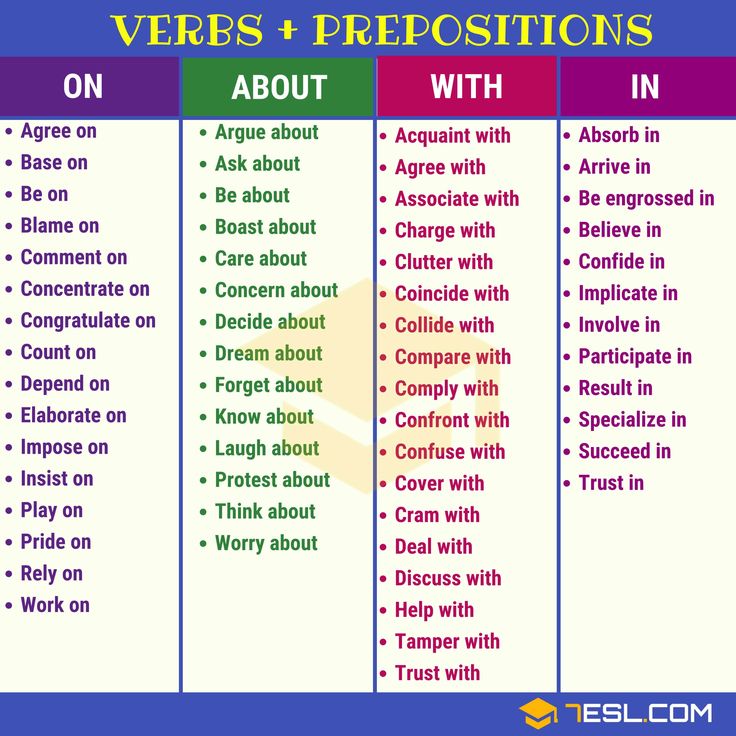
Use this structure for the present progressive tense for “to be” verbs:
Subject + be verb + verb + ing
Examples:
I am watching television.
You are pushing the wrong button.
He is looking at the window.
She is studying.
It is raining.
We are traveling.
They are thinking.
Question tags using “to be” verbs
You can add a question tag to the end of a statement to turn it into a question. To put question tags onto sentences using “to be” verbs, use this structure:
statement + “to be” verb + pronoun. The “to be” verb used in the question tag must be the same one used in the statement.
Note: When adding question tags, if the “to be” verb in the statement is positive, then the one in the question tag must be negative.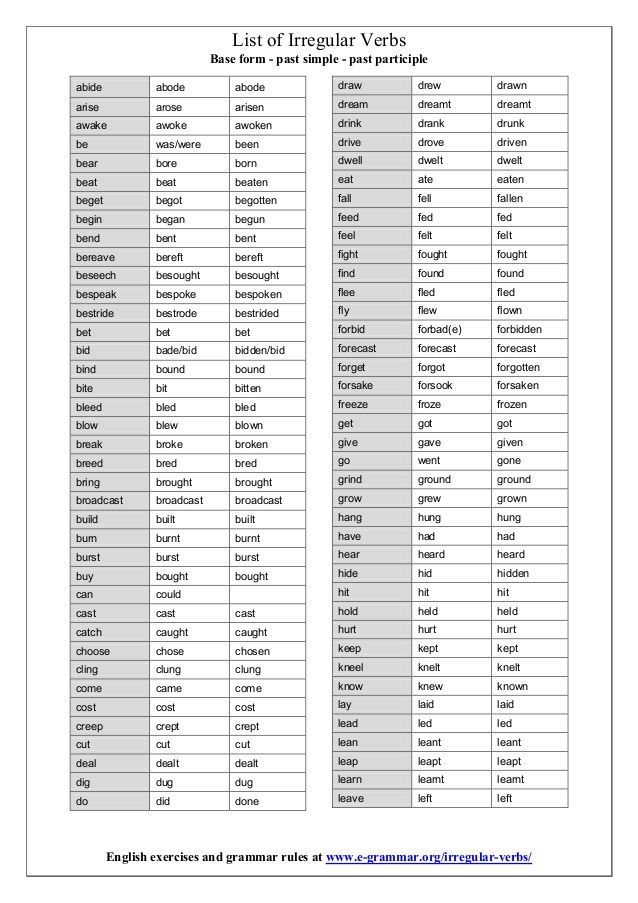 If the “to be” verb statement is negative, the one in the question tag, must be positive.
If the “to be” verb statement is negative, the one in the question tag, must be positive.
Just think:
Examples:
I wasn’t being rude, was I? (negative statement with positive question tag)
It was good, wasn’t it? (positive statement with negative question tag)
You were there, weren’t you? (positive statement with negative question tag)
It wasn’t too bad, was it? (negative question tag with positive question tag)
They weren’t angry, were they? (negative statement with positive question tag)
The
linking “To be” verb (descriptions)The linking “to be” verb describes the condition of the subject. Below are a few sentence structures using the linking “to be” verbs.
In statements that describe, you’ll see this structure in which the sentences have a “to be” verb linking the subject to a subject complement or adjective complement:
Subject + “to be” verb + complement
Examples:
I am excited.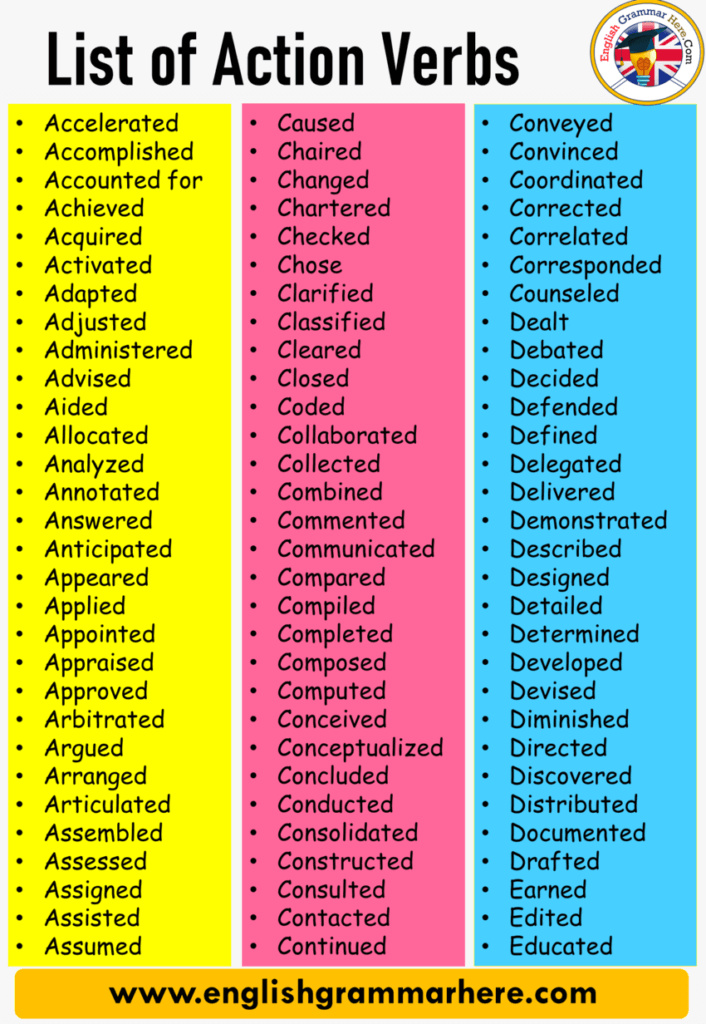
It is boring.
She is the leader.
They are at the bank.
Sometimes when answering a question you can see just a subject and “to be” verb used as in this structure:
subject + “to be” verb
Examples:
Q: Are you the doctor?
A: I am.
Q: Is she the teacher?
A: She is.
Adding
adverbs to your sentences with linking “to be” verbsReminder: Adverbs modify verbs, adjectives and other adverbs in order to tell us how, when, where, why, how often or to what extent
Structure: Subject + “to be” verb + adverb +complement or
Adverb, subject + “to be” verb + complement
Examples:
I am always on time.
It is never boring.
Sometimes, it is difficult.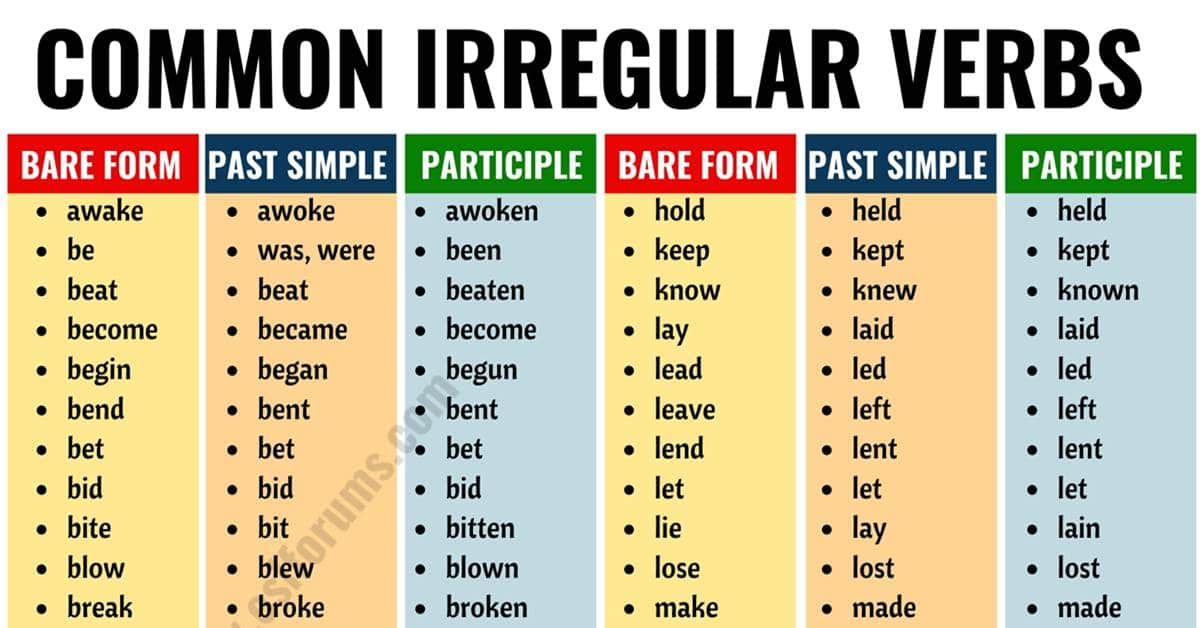
“
To be” verbs for discussing possibility or giving suggestionsWhen describing possibilities you’ll typically use the following structure:
Subject + modal verb (could, should, would, might etc) + be + complement
Note: “be” stays in this base form directly after a modal verb.
Examples:
He could be a superstar.
She might be late.
You should be nice to your parents.
When giving suggestions, it is a little more complicated.
Examples:
subject + modal verb (suggest)+ object + be + complement
subject + modal verb (advise)+ object + to be + complement
I suggest you be nice to your mother.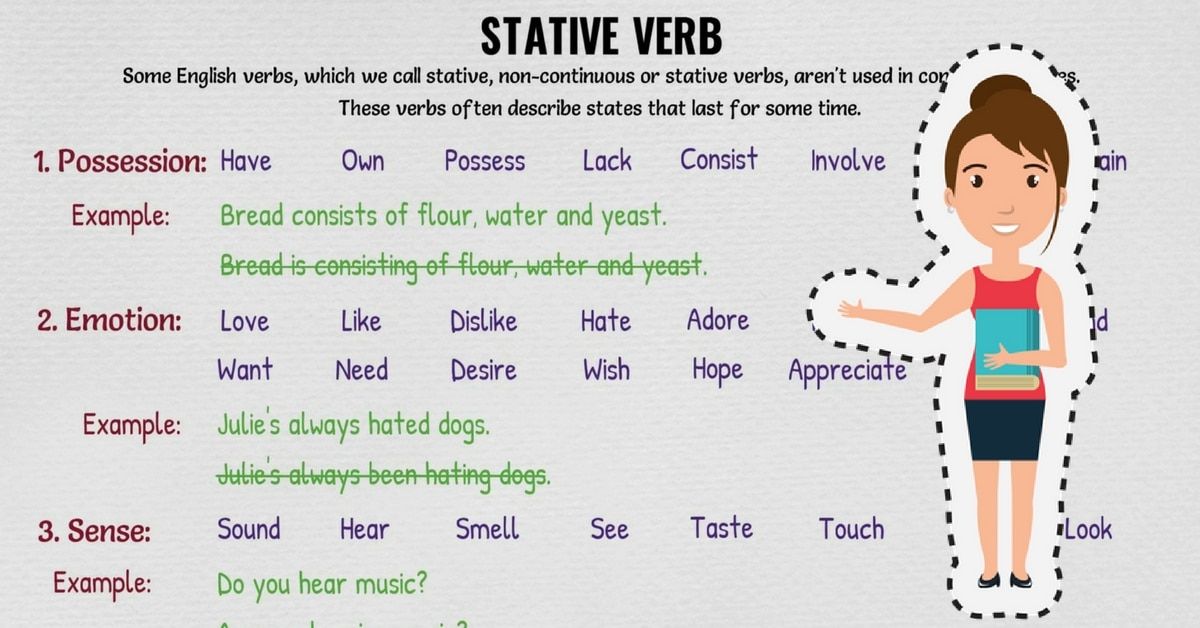
I advise you to be cooperative.
Imperatives: giving commands using “to be” verbsWhen giving imperatives or commands, “to be” verbs stay in the base form of be and typically stay at the beginning of the sentence. In these sentences, the subject is implied so it doesn’t have to be written, that is why you only see the “to be” verb followed by the complement.
Structure: “to be” verb + complement or
Do not + “to be” verb + complement
Examples:
Be a good student.
Be nice to your teacher.
Don’t be mean to him.
When to use “
to be” verbs as infinitives.Infinitives are to plus a verb in order to make a noun.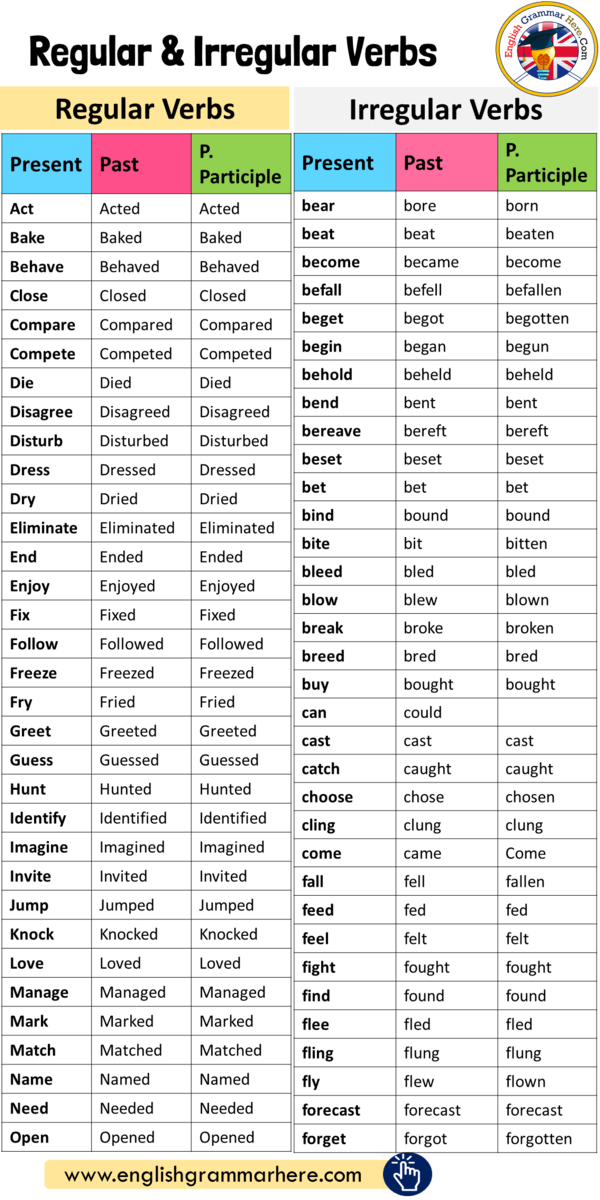 So you’ll see them in the subject or object of a sentence. They are used to describe the abstract, so they most often are used with a modal verb of desire.
So you’ll see them in the subject or object of a sentence. They are used to describe the abstract, so they most often are used with a modal verb of desire.
I want to be a singer.
He likes to be the best at what he does.
They hope to be friends.
When making these negative, you’ll put do not or does not before the modal verb.
Examples:
Note: following don’t or doesn’t modal verbs such as like, want, need, or hope will stay in base form.
I don’t want to be difficult.
He does not like to be mean.
She doesn’t want to be a musician.
The
passive voice using “to be” verbsIn sentences using the passive voice, the person or thing which is performing the action is either in the object of the sentence or even omitted.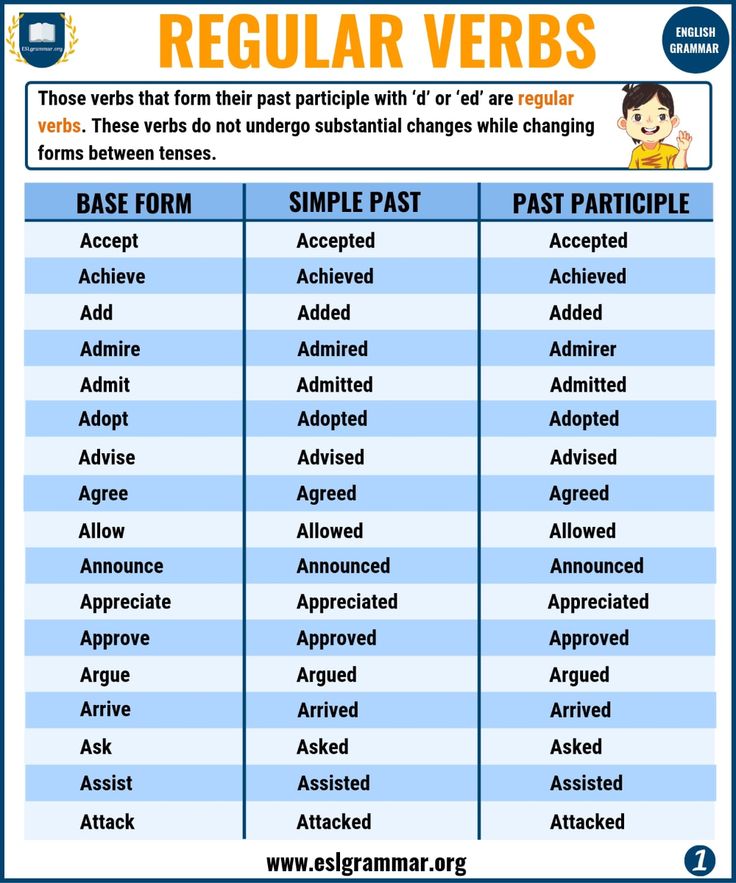 When written, the noun performing the action is normally found following a preposition such as “by”
When written, the noun performing the action is normally found following a preposition such as “by”
The most common passive voice construction is this:
Subject + “to be” verb + verb or
Subject + “to be” verb + verb + by + object
In these constructions, the “to be” verb will follow the standard rules for subject verb agreement. The examples below have sentences using “to be” verbs in different tenses.
Examples:
Present: The car is powered by electricity.
Present progressive: The work is being done.
Past: The building was demolished by the crew.
Future: The meal will be prepared by the chef.
Present perfect: The coffee had been made.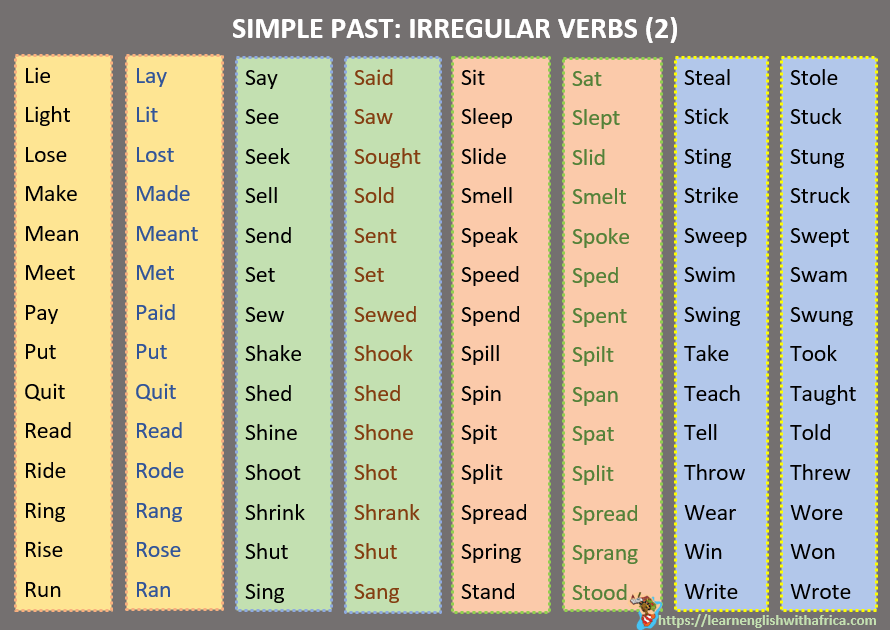
We have covered many ways in which you can use “to be” verbs. Follow our blog for more lessons like this one. Also, if you would like to find out more about studying English online or in the United States, contact us here. FLS International offers live online classes, in-person classes, cultural tours and more!
Written by: Welkin Tang
Irregular Verbs List | Vocabulary
This is a list of some irregular verbs in English. Of course, there are many others, but these are the more common irregular verbs. You can test yourself with these fun irregular verbs quizzes.
| V1 Base Form | V2 Past Simple | V3 Past Participle |
|---|---|---|
| awake | awoke | awoken |
| be | was, were | been |
| beat | beat | beaten |
| become | became | become |
| begin | began | begun |
| bend | bent | bent |
| bet | bet | bet |
| bid | bid | bid |
| bite | bit | bitten |
| blow | blew | blown |
| break | broke | broken |
| bring | brought | brought |
| broadcast | broadcast | broadcast |
| build | built | built |
| burn | burned or burnt | burned or burnt |
| buy | bought | bought |
| catch | caught | caught |
| choose | chose | chosen |
| come | came | come |
| cost | cost | cost |
| cut | cut | cut |
| dig | dug | dug |
| do | did | done |
| draw | drew | drawn |
| dream | dreamed or dreamt | dreamed or dreamt |
| drive | drove | driven |
| drink | drank | drunk |
| eat | ate | eaten |
| fall | fell | fallen |
| feel | felt | felt |
| fight | fought | fought |
| find | found | found |
| fly | flew | flown |
| forget | forgot | forgotten |
| forgive | forgave | forgiven |
| freeze | froze | frozen |
| get | got | got (sometimes gotten) |
| give | gave | given |
| go | went | gone |
| grow | grew | grown |
| hang | hung | hung |
| have | had | had |
| hear | heard | heard |
| hide | hid | hidden |
| hit | hit | hit |
| hold | held | held |
| hurt | hurt | hurt |
| keep | kept | kept |
| know | knew | known |
| lay | laid | laid |
| lead | led | led |
| learn | learned or learnt | learned or learnt |
| leave | left | left |
| lend | lent | lent |
| let | let | let |
| lie | lay | lain |
| lose | lost | lost |
| make | made | made |
| mean | meant | meant |
| meet | met | met |
| pay | paid | paid |
| put | put | put |
| read | read | read |
| ride | rode | ridden |
| ring | rang | rung |
| rise | rose | risen |
| run | ran | run |
| say | said | said |
| see | saw | seen |
| sell | sold | sold |
| send | sent | sent |
| show | showed | showed or shown |
| shut | shut | shut |
| sing | sang | sung |
| sink | sank | sunk |
| sit | sat | sat |
| sleep | slept | slept |
| speak | spoke | spoken |
| spend | spent | spent |
| stand | stood | stood |
| stink | stank | stunk |
| swim | swam | swum |
| take | took | taken |
| teach | taught | taught |
| tear | tore | torn |
| tell | told | told |
| think | thought | thought |
| throw | threw | thrown |
| understand | understood | understood |
| wake | woke | woken |
| wear | wore | worn |
| win | won | won |
| write | wrote | written |
See also: regular verbs list
Test yourself with these fun irregular verbs quizzes
Verb to be in English: rule and forms ⬅️
After reading this article, you will know everything about the meaning and use of to be : we will analyze its conjugations and tense forms - it will take you no more than 20 minutes.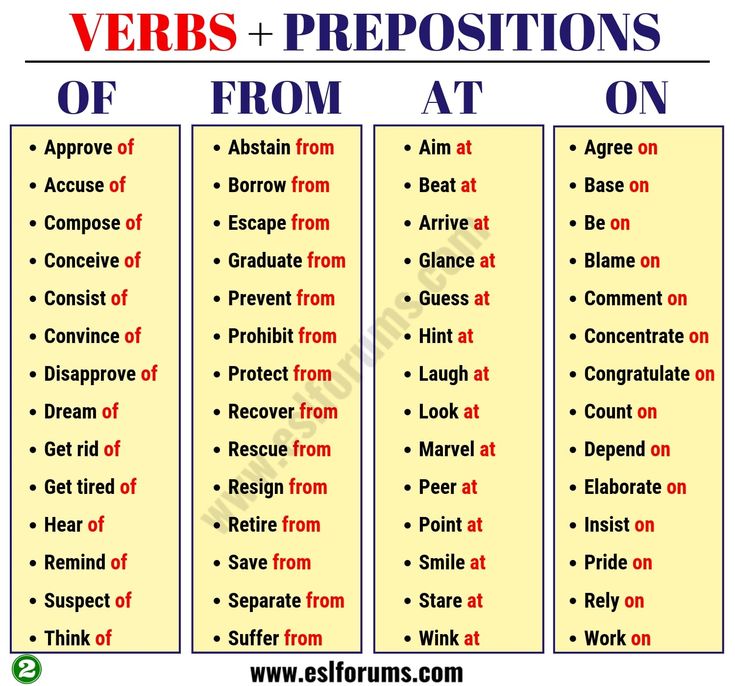
How to be translated into Russian
There are two groups of verbs in English: semantic and auxiliary. Semantic ones denote some kind of action - play ( to play ), hope ( to hope ), sleep (t o sleep ) and so on. The auxiliary in itself does not carry a semantic load, but it allows us to understand the context - with its help you can determine the time and number of actors. Auxiliary verbs are not translated, but English cannot do without them. The verb to be can be both semantic and auxiliary.
To be is translated "to be" as "to be", "to be", "to exist" or "to appear". For example, I want to be with you (“I want to be with you”) or To be or not to be ("To be or not to be").
But, as we have already said, it may not be translated at all. In Russian we say “This is not my dog”, “Billy is in his office”, “What date is it today?” or "We are friends" without using any verbs. In English, this will not work: the verb to be will definitely be required in one form or another.
In Russian we say “This is not my dog”, “Billy is in his office”, “What date is it today?” or "We are friends" without using any verbs. In English, this will not work: the verb to be will definitely be required in one form or another.
- Billy is in his office . - Billy is in his office
- We are friends. – We are friends of
- Jack Sparrow is a pirate. – Jack Sparrow yes pirate
- This is not my dog. – This dog is not is my
- I am tired. – I am tired
- What date is today ? - What is today's number ?
You have already noticed that none of these sentences contain the words to be . That's right, because this verb is the only one in English that changes in person and number.
That's right, because this verb is the only one in English that changes in person and number.
It has three present tenses ( am, is, are ), two past tenses ( was and were ) and one future tense ( will ). Conjugation to be is not at all as difficult a topic as is commonly believed. We'll deal with it in minutes.
English proficiency test
This English proficiency test was compiled by the Skysmart online school tutors. They prepared interesting and relevant tasks on modern topics to make the test both useful and interesting
When the verb To be is used
How to use the verb to be - the rule says that this verb is used: qualities
- He is tall. - He is tall.
- We are in love.
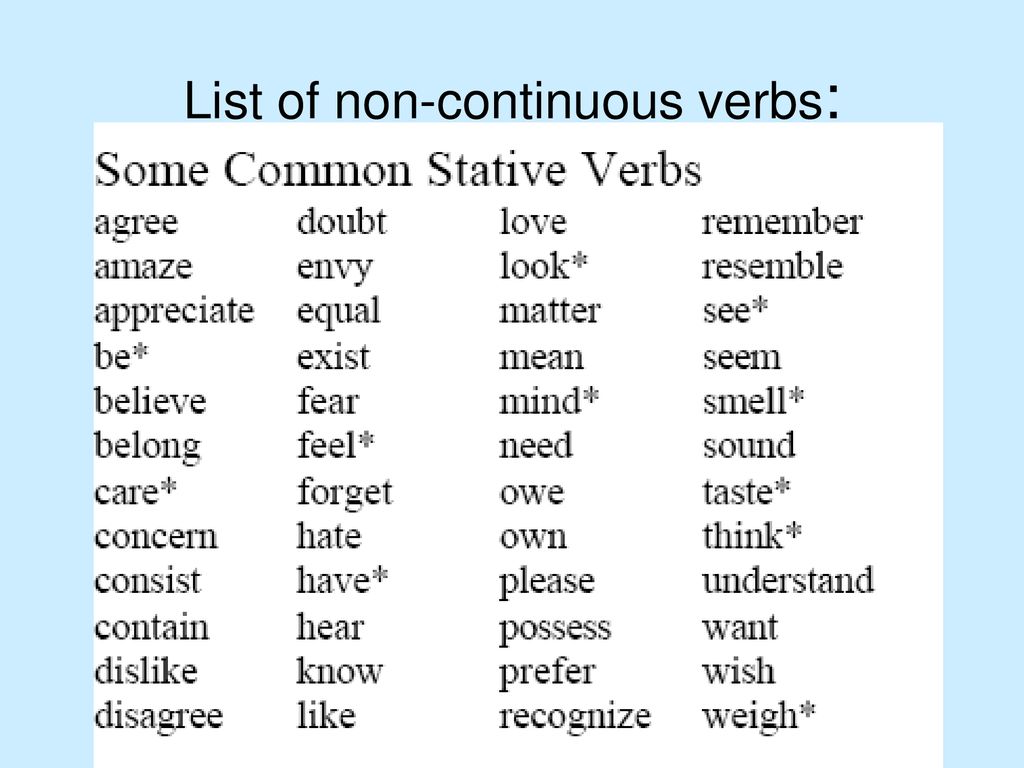 - We are in love.
- We are in love.
When we characterize someone
- Amy is a good mother. - Amy is a good mother.
When locating someone
- She is in Japan now. She is in Japan now.
- The car is in the garage. - The car is in the garage.
Remembering
Combinations verb to be + verb do not exist in nature. You can't say he is drive or managers are work.
How many English words do you already know?
Let's define your vocabulary - without complex questions and with the help of smart algorithms.
Present forms of the verb to be
The conjugation to be is one of the cornerstones of English grammar. The present tense is used more often than others, so let's start with it.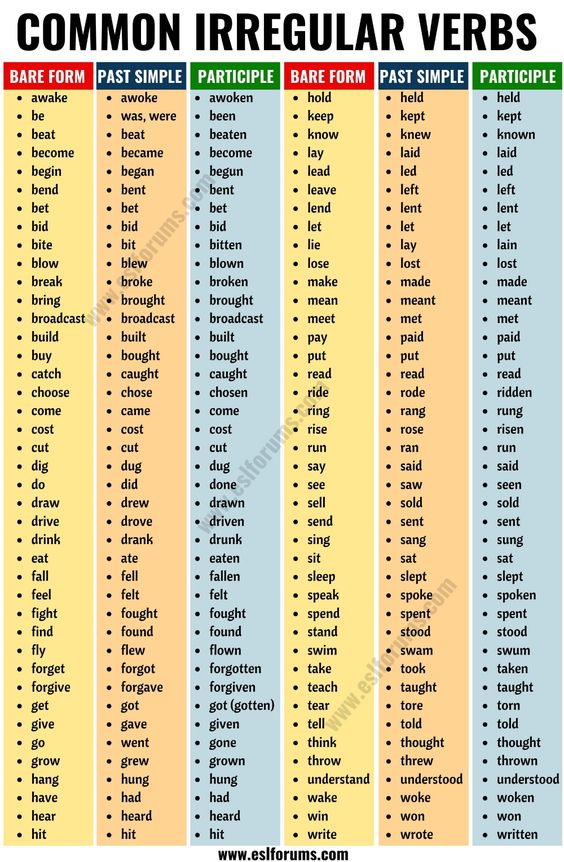
In the present, the verb to be has three forms: am, is and are.
Am is used with I (I). Is - c he (he), she (she), it (it). Are - with the pronouns we (we), they (they) and you , which in English can mean "you", polite "you" and "you" when referring to a group of people.
If you want to remember forms to be - a table to help you:
This is how it looks in practice:
| Verb to be in present tense | |
| Gulnara - doctor. We are busy. My friends are traveling. That's clear. Your cat is very fat. These issues are contentious I'm ready. | Gulnara is a doctor. We are busy. My friends are traveling. It is clear. Your cat is very fat. These issues are controversial. I'm ready. |
To save time, the British and Americans often abbreviate am, is and are:
- I am → I’m
- He is → He's
- She is → She's
- It is → It's
- You are → You're
- We are → We're
- They are → They're
By the way, once upon a time the verb "to be" was used in Russian in the same way as in English. Remember the phrase "I am the king"? In the time of Ivan the Terrible, this “is” served the same meaning as “to be” in English today.
Remember the phrase "I am the king"? In the time of Ivan the Terrible, this “is” served the same meaning as “to be” in English today.
Past forms of the verb to be
Past forms of this verb are even easier to remember. There are only two of them: was for the singular and were for the plural (including you, which, as we remember, in English means not only “you”, but also “you” when referring to a group of people). We are talking about one person or thing - use was . About several - were . Easy peasy lemon squeezy, as the English say. That is a couple of trifles.
In this table we have collected examples of sentences with to be in the past tense:
| Verb to be in past tense | |
| I was glad to meet you The film was interesting They were friends in high school We were at home Stanley Kubrick was a great director You were my favorite teacher | I was glad to meet you The movie was interesting They were friends in high school We were at home Stanley Kubrick was a great film director You were my favorite teacher |
Demo lesson in English
Let's determine the level and set a goal, and then we will teach you to speak English fluently.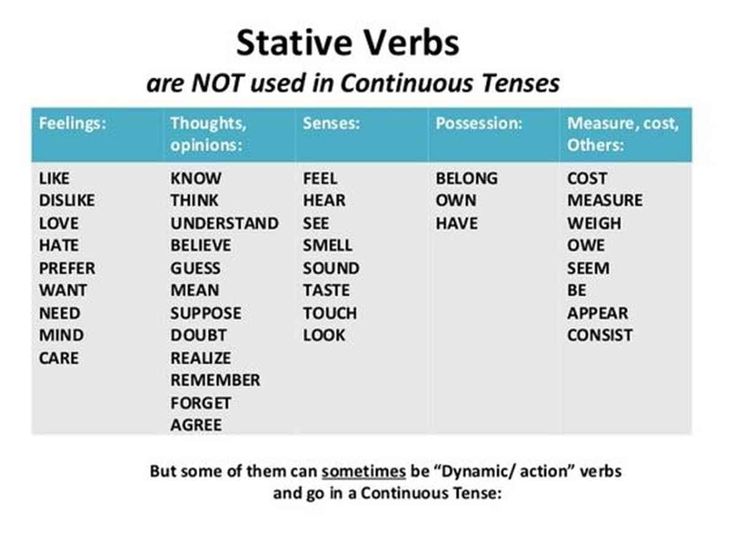
Forms of the verb to be in the future
Everything is quite simple here: in modern English, the verb to be in the future tense has only one form - will .
You probably remember from school lessons that the “verb to bi”, as we called it, has two forms in the future tense: shall with I (I) and We (we) and will with all the rest . Forget it! In fact, in modern English, only will is used with all pronouns.
Once everything really was as described in Soviet English textbooks. In Alice in Wonderland, written in 1862, the White Rabbit exclaims Oh dear! I shall be late! (Oh my God! I'll be late!).
But already in the days of the Great Gatsby, almost no one said I shall go to the dentist tomorrow (“Tomorrow I will go to the dentist”).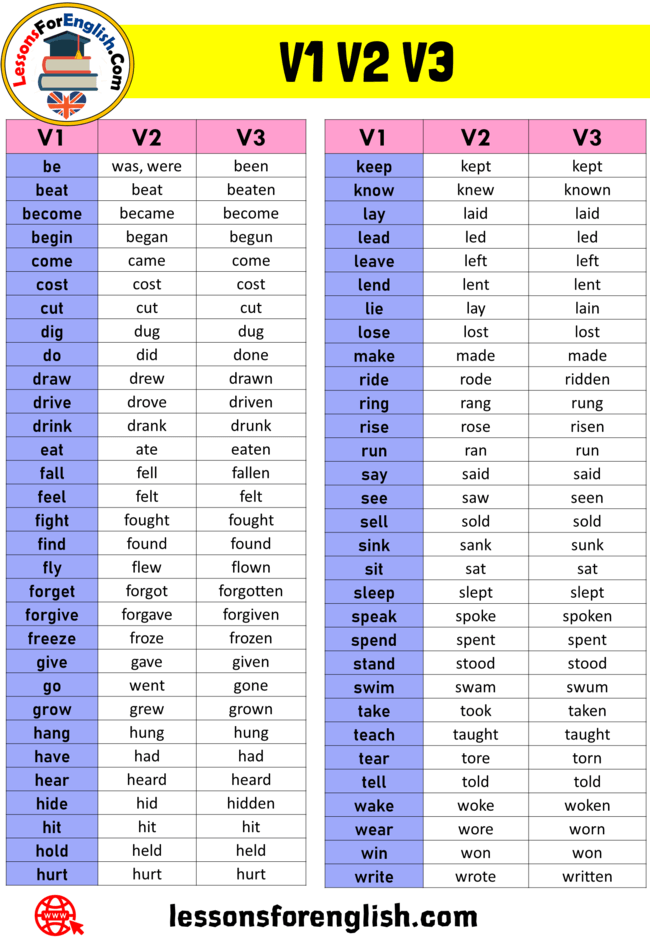 For a hundred years now, with any pronouns in the future tense, will has been used, and a period.
For a hundred years now, with any pronouns in the future tense, will has been used, and a period.
However, shall has not completely disappeared from the language. But now it has a different meaning. Shall is used when they want to offer something or help. For example, Shall we go? (Well, shall we go?) or Shall I shut the window? (Close window?). You can add shall at the end of an interrogative sentence to emphasize your impatience and even irritation: Let's just do it, shall we? (Let's just do this, okay?) But for future tense form shall is definitely outdated.
Here are some examples of how to use the verb to be in the future tense and build a sentence:
| Verb to be in the future tense | |
| I will see my doctor tomorrow Our manager will call you back This pill will help you Inga will go to London this summer Elon Musk will soon create a time machine You will pass the exam Meghan and Harry will be in San Diego this weekend | I will meet my doctor tomorrow Our manager will call you back This pill will help you Inga will go to London this summer Elon Musk will create a time machine soon You will pass the test Megan and Harry will be in San Diego this weekend |
The verb to be in negative sentences
How to say “We are not busy”, “She is not a doctor” and “Your cat is not fat”? A negative sentence is built very simply: you need to add a particle after the verb.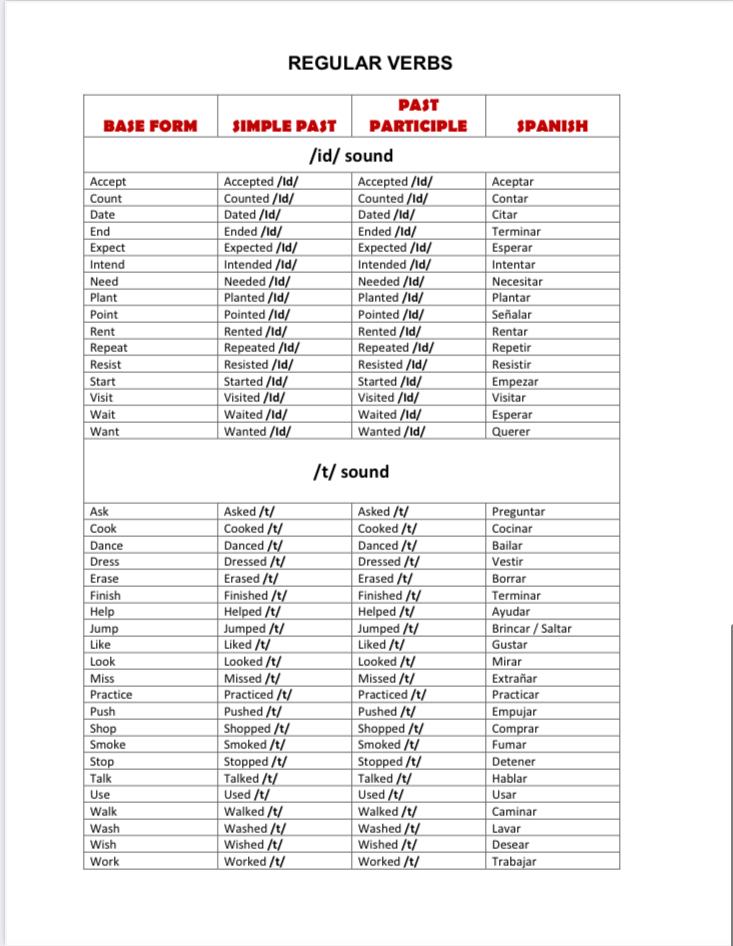 Look at examples of negative sentences with the verb to be and everything will become clear:
Look at examples of negative sentences with the verb to be and everything will become clear:
| They are not friends It wasn't that easy My sister is single They won't be there on time We were not capricious children I don't like Post Malone This pie is not sweet at all | They are not friends It was not that simple My sister They will not be there on time We were not I am not a fan of Post Malone This pie is not sweet at all |
Is it possible to abbreviate the verb to be in negative sentences in English? Easy!
- is not → isn't;
- are not → aren't
- am not →ain't
- were not → weren't
- wasn't → wasn't
- will not → won't.
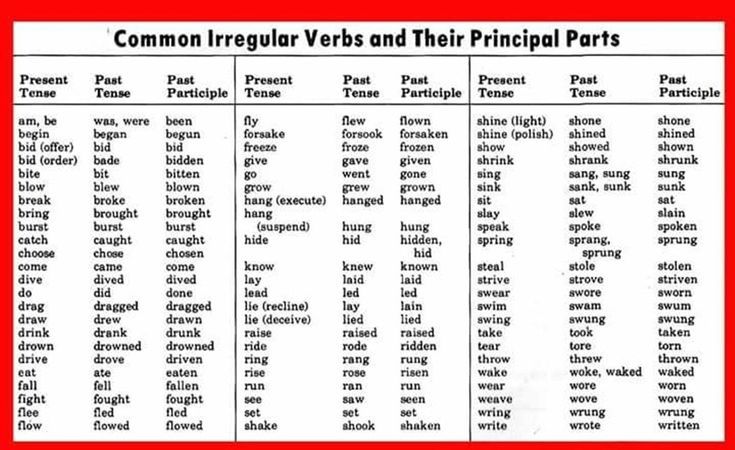
The verb to be in interrogative sentences
In Russian, in order to ask a question, it is not necessary to change the word order in the sentence - it is enough to use interrogative intonation. But in English you have to change the word order.
But don't panic, questions with the verb to be are built very simply: we put the verb at the very beginning of the sentence and put it before the subject.
Here are examples of interrogative sentences with the verb to be for clarity:
| Am I right? Were they late? Was Nick your boss? Is this Natasha's bag? Will you be there at 6 o'clock? Are we happy? | Am I right? Were they late? Was Nick your boss? Is it Natasha's bag? Will you be there at 6 o'clock? Are we happy? |
Tag questions with the verb to be
You can construct an interrogative sentence in another way - with the help of the so-called tag questions ( tag questions ).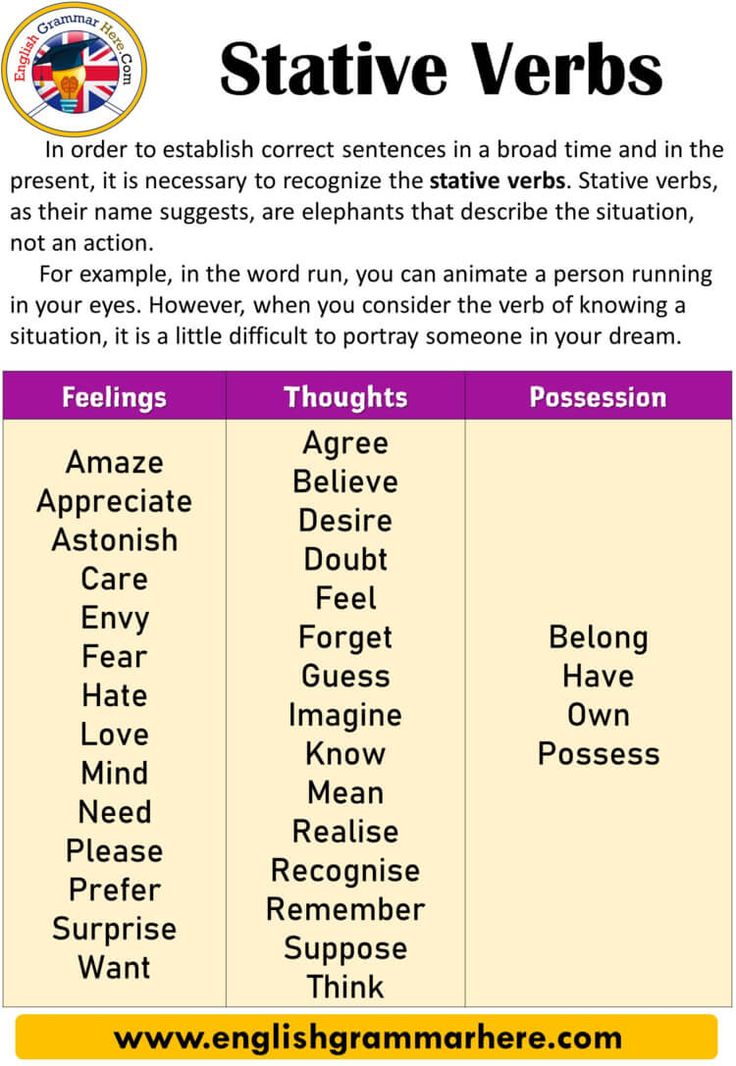 They are also sometimes called tail questions, that is, "questions with a tail." And this very accurately defines their essence!
They are also sometimes called tail questions, that is, "questions with a tail." And this very accurately defines their essence!
Tag questions consist of two parts. The first part is the usual affirmative or negative sentence. The second is a question that is separated from the first part of the sentence by a comma.
You only need to remember one rule: statements are followed by negative tags questions, and negative ones are followed by affirmative ones.
To make it clear to you, let's look at a few examples of sentences with disjunctive questions:
| I'm not a very good dancer, am I? You were going to miss this family gathering, right? Adam is very talented, isn't he? The movie wasn't scary, was it? Mom will be angry, right? They weren't rich, were they? | I am not a very good dancer, am I ? You were going to skip this family reunion, weren't you ? Adam is very talented, isn't he ? The movie was not scary, was it ? Mom will be angry, won't she ? They were not rich, were they ? |
By asking such a "tailed" question, you invite the interlocutor to a dialogue.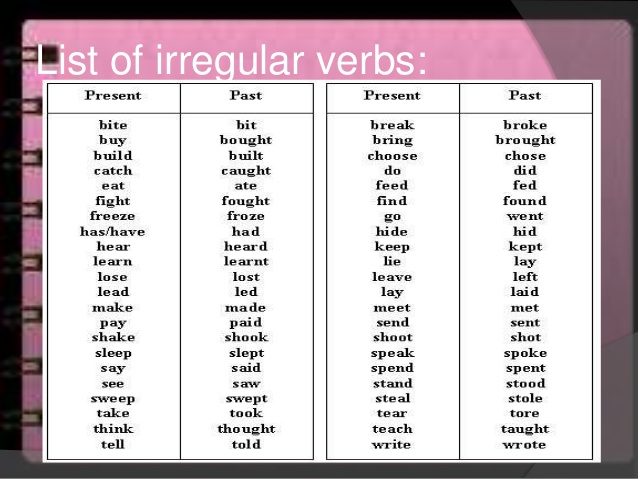 Tag questions make speech lighter, more casual, they smooth out sharp corners and make you sound less categorical.
Tag questions make speech lighter, more casual, they smooth out sharp corners and make you sound less categorical.
The verb to be and Continuous tenses
To be can also be part of the verb predicate. In particular, in the times of the Continuous group, one cannot do without it. This group describes a continuous action that took place in the past (Past Continuous) , happening at the moment, right now (Present Continuous) or will happen some time in the future (Future Continuous) .
In each of these tenses, a certain form of the verb to be (is, am, are, was, were or will be) is used in combination with a semantic verb with the ending -ing . Schematically, it looks like this: to be+V+ing . And in this case, the semantic verb will be translated into Russian, but the verb to be will not.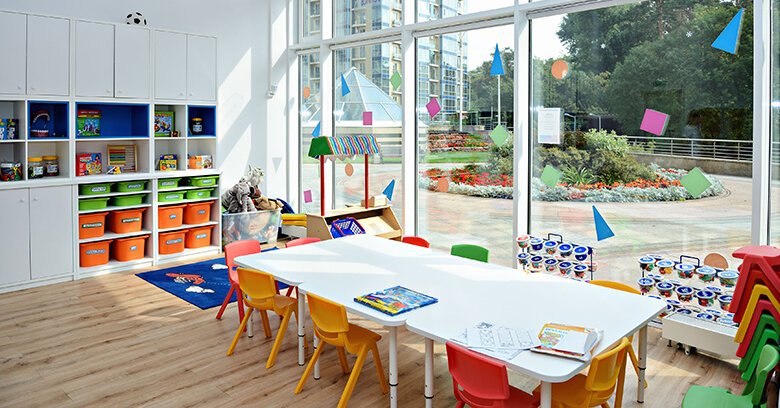
But enough theory. Let's move on to practice - as we have already found out, it is most convenient to learn new material using examples. So, here are examples of using the verb to be in Continuous tenses:
| Past Continuous | Present Continuous | Future Continuous |
| Ivan was reading a book all day long Ivan read book all day | Ivan can’t watch an episode of “Black Mirror” with you, he is reading a book right now Ivan cannot watch an episode of Black Mirror with you, he is currently reading a book | Ivan will be reading a book all weekend long Ivan will be reading a book all weekend long |
| I was listening to music on my way here I listened to music on the way here | Go on, I am listening to you. Continue, I'm listening to you | I will be listening carefully to their objections I will carefully listen to their objections |
| We were working at Google last summer Last summer we worked at Google | We are currently working at Google We are currently at Google | We will be working on this project throughout next week. All next week we will be working on this project |
| While you were playing World of Tanks, I was helping our granny While you were playing tanks, I was helping our granny | You are still playing World of Tanks, even though it is time to go to bed You are still playing tanks, even though it's time for bed | You will be playing World of Tanks Tomorrow at the same time you will be playing tanks |
Verb to be and Passive Voice (passive voice)
Passive (or passive) voice is a grammatical construction in which the subject expresses the person or object to which the action expressed by the verb-predicate is directed.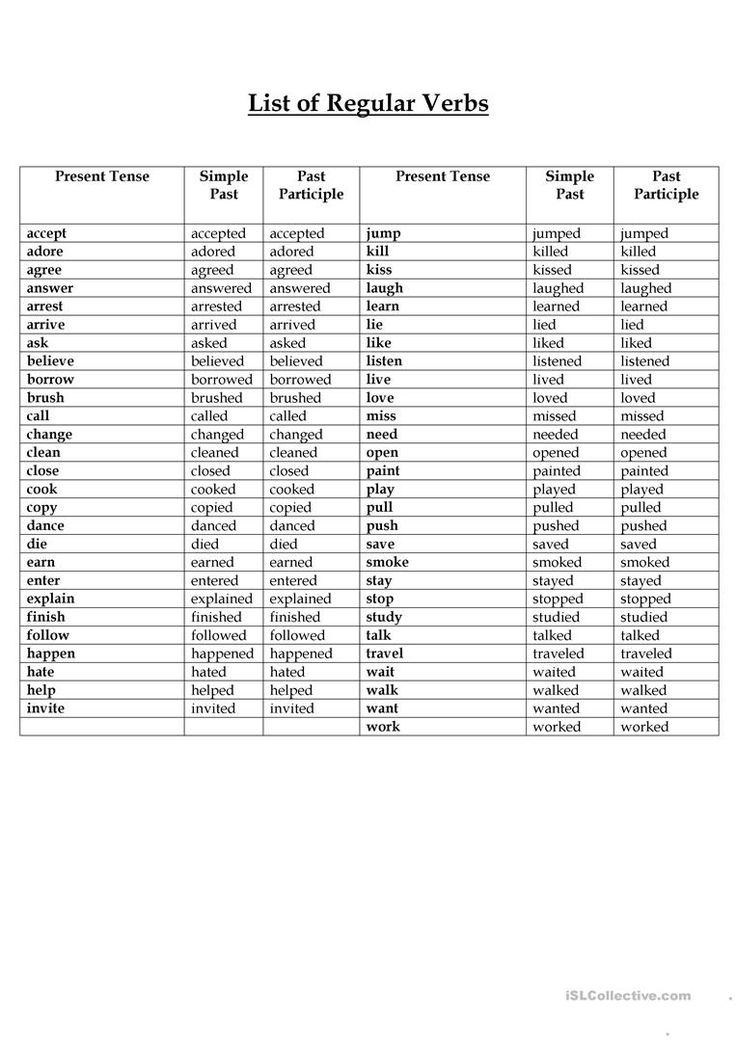 In other words, Passive Voice is used to show that someone or something is not performing an action, but is experiencing it for themselves.
In other words, Passive Voice is used to show that someone or something is not performing an action, but is experiencing it for themselves.
Look at the example and feel the difference:
| Active Voice | Passive Voice |
| We take a lot of photos every day We take a lot of pictures every day | A lot of photos are taken every day Many pictures are taken every day |
- To build a Passive Voice in the tenses of the Simple group, you need to use the formula: to be in the desired form ((is, am, are, was, were or will be) + V3 (verb in the third form).
- In the tenses of the Continuous group, the passive voice is formed according to the scheme: to be in the required form ((is, am, are, was, were) + being + V3.
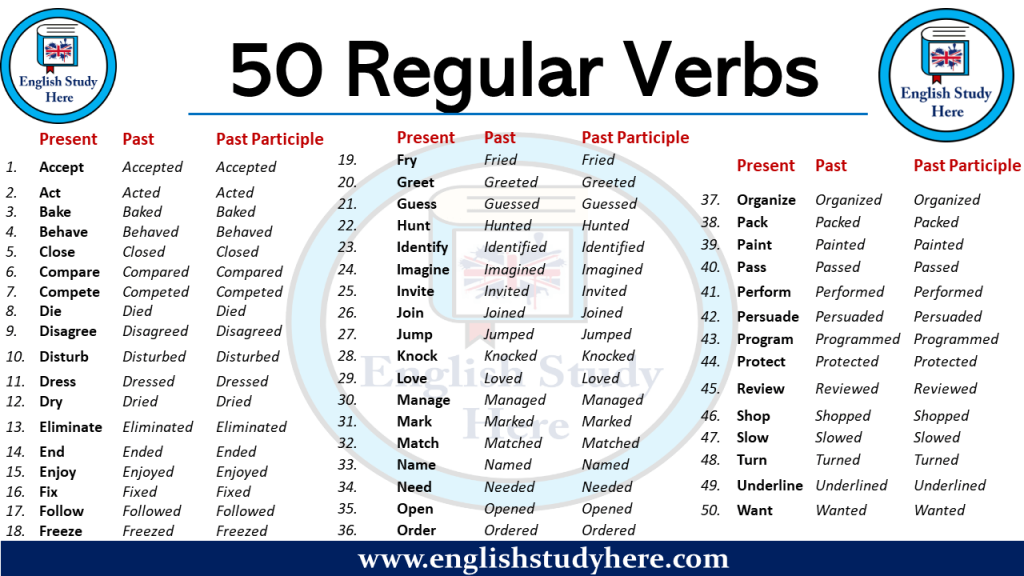
- In the Present Perfect, the passive voice is formed according to the scheme have/has + been + V3.
- In the Past Perfect, the passive voice is constructed as follows: had + been + V3.
- And finally, in Future Perfect it looks like this: will/+ have + been + V3.
To avoid confusion, we have collected all Passive Voice examples in one table:
Why is such a complex grammatical construction needed at all? Wouldn't it be easier to do without it? In fact, Passive Voice is very useful in daily communication.
The passive voice is often used when we want to emphasize that the action itself is much more important than who performs it.
| Active Voice | Passive Voice |
| A baker makes fresh muffins every day The baker makes fresh muffins every day | At our bakery fresh muffins are made every day Our bakery makes fresh muffins daily |
The use of the passive voice is also justified when the specific performer of the action is simply unknown or it is already clear to everyone from the context who he is.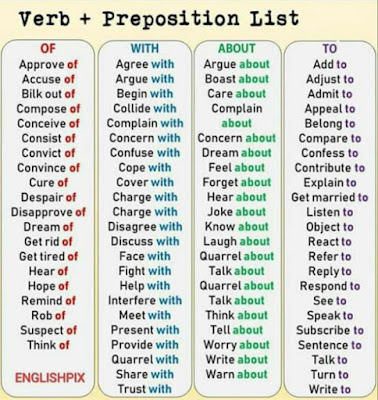
| Our chocolates are made from organic cocoa beans | Our candies are made from organic cacao beans |
| The statue of Venus was stolen from the museum last night. | The statue of Venus was stolen from the museum last night |
| They will be met at the station | They will be met at the train station |
| This pendant is made of gold | This pendant is made of gold |
| The house was sold last year | The house was sold last year |
| The parcel was not delivered yesterday, but I hope they will do it tomorrow | The package wasn't delivered yesterday but I hope it will be done tomorrow |
| Protests were suppressed | The protests have been suppressed |
To be as a modal verb
Among the numerous functions of the verb to be there is one: it can be a modal verb to be to .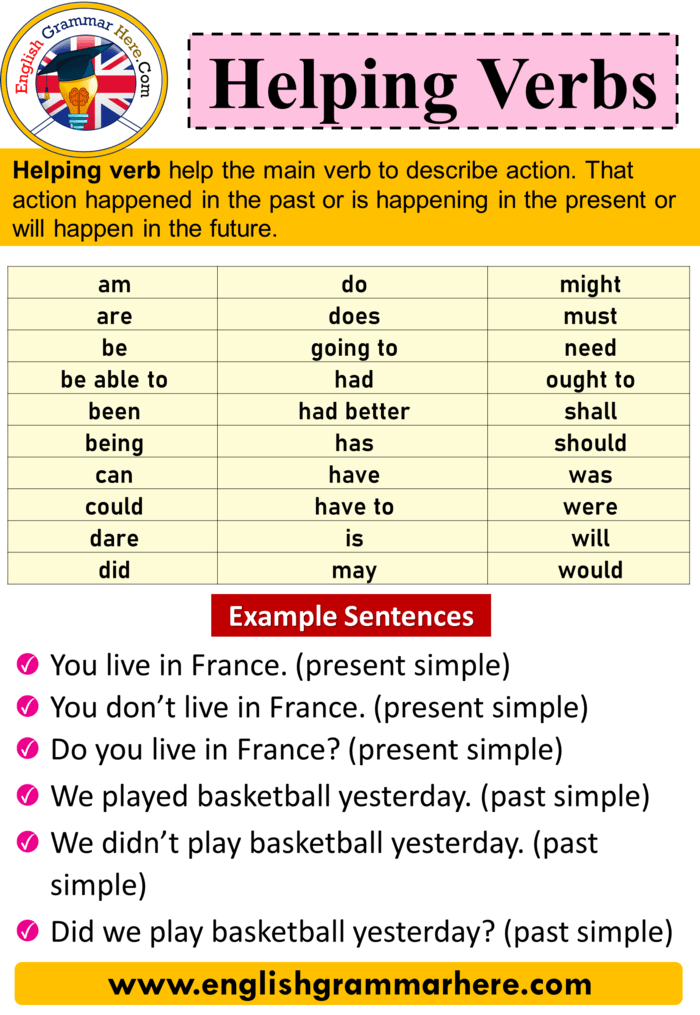 Modal verbs are needed to express the ability, possibility or necessity of performing an action. These include our old acquaintance to be and such English verbs as must, may, can, should, would, have to, dare, used to, need.
Modal verbs are needed to express the ability, possibility or necessity of performing an action. These include our old acquaintance to be and such English verbs as must, may, can, should, would, have to, dare, used to, need.
As such, it is used in the present and past tenses. After the modal verb to be in the correct form (is, are, am, were and was), the main verb must always be used with the particle to.
Most often, the modal verb to be to is translated into Russian as “should”, but there are nuances. To be to is used in several cases and can be translated differently depending on the context:
1. Arrangements and plans
| The committee is due to meet this week | The Committee is to meet this week |
| The circus leaves on the tenth of | The circus is to leave on the tenth |
| Danny should have called her yesterday | Danny was to call her yesterday |
| Tomorrow the headmaster has to make an announcement | Principal is to make an announcement tomorrow |
You must stay here
You are to stay here
He must inform his boss
He is to report to his boss
This substance must be stored in a cool place
This substance is to be kept in a cold place
3.
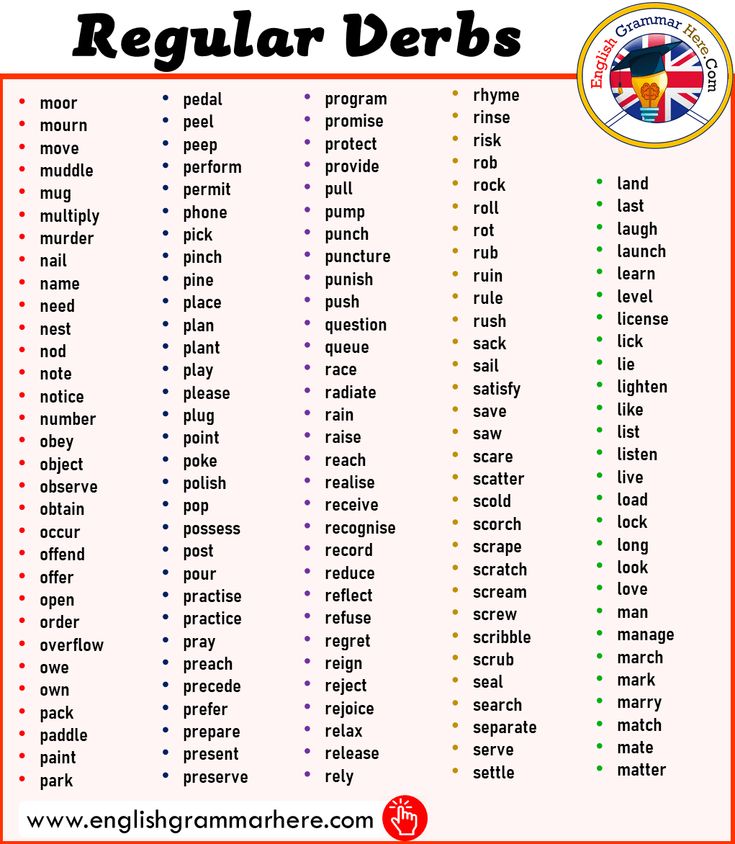 Prohibitions
Prohibitions | He shouldn't have called his ex | He was not to call him ex |
| You must not disturb me while I am busy | You are not to disturb me while I'm busy |
| This sample is not for sale | This sample is not to be sold. |
| Our children are forbidden to talk to strangers | Our kids are not to speak with strangers. |
| She shouldn't have read those letters. | She was not to read these letters. |
4.
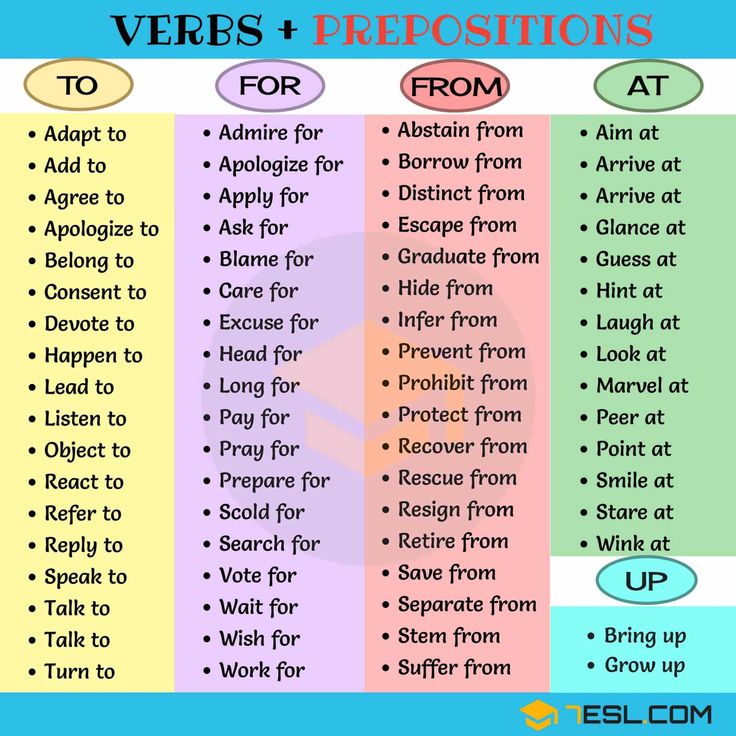 Expression of inevitability
Expression of inevitability | He was destined to be my friend for many years | He was to be my friend for many years to come |
| This boy is destined to become a great actor | This boy is to become a great actor |
| This was their last family trip | This was to be their last family trip. |
5. Set expressions
| Who is to blame? | Who is to blame? |
| What will happen to him? | What is to become of him? |
| What should I do? | What am I to do? |
The verb to be in the constructions to be going to/ to be about to
You can talk about the future without using the tenses of the group Future.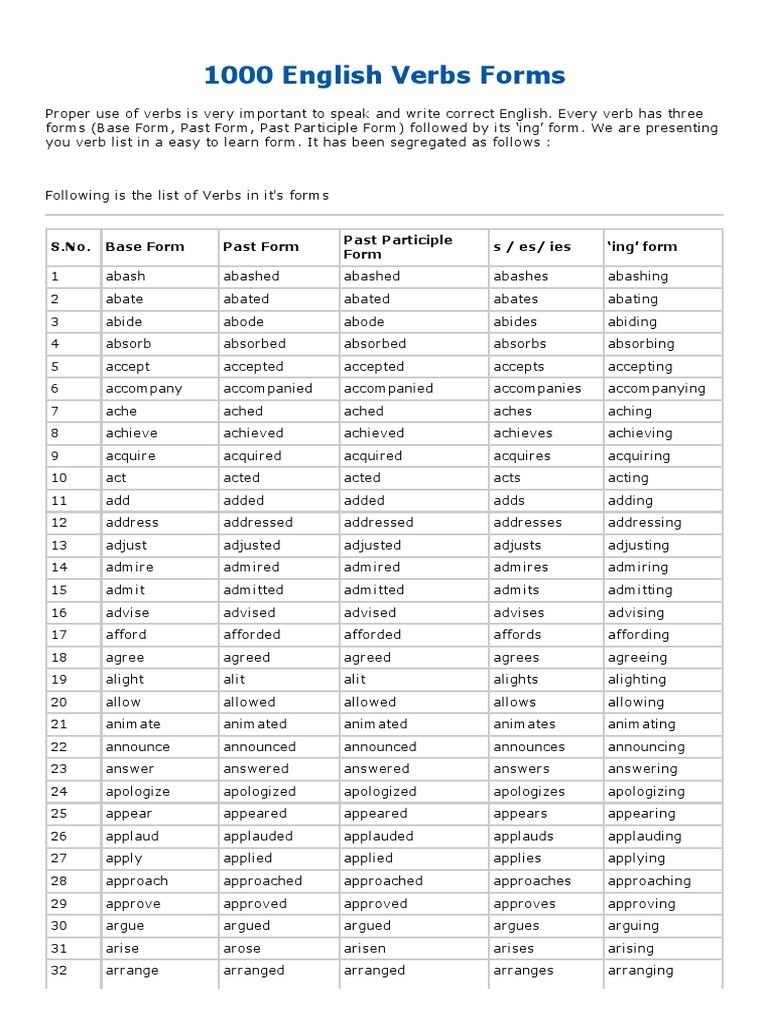 But here to be will come in handy again.
But here to be will come in handy again.
The construction to be going to is used very often in English - it denotes the future tense. This construction is most often translated into Russian as "going to do something." Depending on the pronoun and tense - Present or Past - to be can be used in the forms am, is, are, was or were. Here is an example of how to talk about the future using the construction to be going to:
| I am going to buy a dog | I am going to buy a dog |
| She wasn't going to tell me the truth | She wasn't going to tell me the truth |
| They were going to open a store last year | They were going to open the store last year |
| I was going to pay my electricity bill but forgot | I was going to pay the electricity bill but I forgot |
| Is Damir going to celebrate his birthday? | Is Damir going to celebrate his birthday? |
To talk about your plans and intentions in English, you can also use the construction to be about to.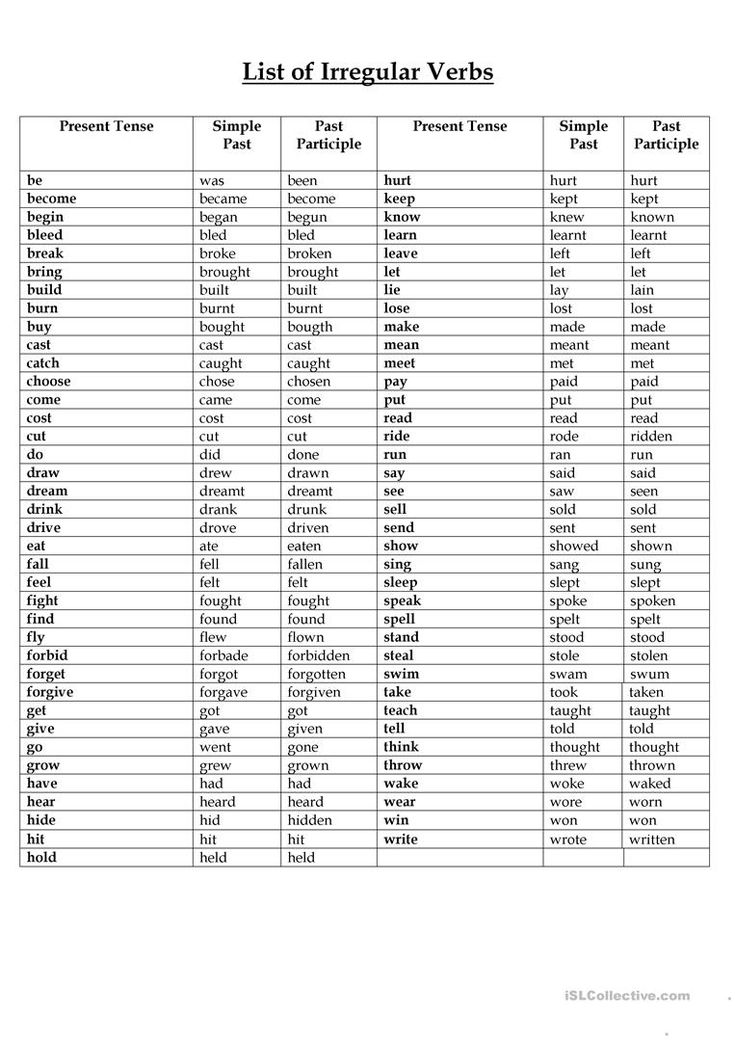 It lets the interlocutor know that you are talking about the near future - about what is about to happen.
It lets the interlocutor know that you are talking about the near future - about what is about to happen.
| The show is about to start! | The show is about to start! |
| Sveta is ready to cry | Sveta is about to cry |
| Lucy and John are on the brink of divorce | Lucy and John are about to get a divorce |
| Plane preparing for takeoff | The plane is about to take off |
English verb to be
WAR
All dictatorships create external enemies and repression to sit on the throne forever.
If you can't tell the truth from a clever lie, then think about the laws, about freedom of speech, how often and where power has changed.
CNN News BBC News Telegram Wikipedia
The verb to be is the only English verb that changes depending on what it is connected to in the sentence. The verb to be independently forms negative and interrogative sentences without using auxiliary verbs in the present and past tenses.
To be has three present tense forms am , is , are and two past tense forms was and were . All forms of the verb can be translated in the same way as " be ", " be present ", " be ", " be " or be omitted.
To be in present tense
The verb to be can take one of three forms am , is , are in present tense (Present Simple, Present Continuous).
Approval | Negation | Question | ||||||||||||||||||
|---|---|---|---|---|---|---|---|---|---|---|---|---|---|---|---|---|---|---|---|---|
| I am a musician. I (am) a musician. | I'm not a musician. I am not a musician. | Am I a musician? Am I a musician? | ||||||||||||||||||
| She is in love. She is in love. | She isn't in love. She is not in love. | Is she in love? Is she in love? | ||||||||||||||||||
| You are in my house. You are in my house. | You aren't in my house. You are not in my house. | Why are you in my house? Why are you in my house? | ||||||||||||||||||
| We're playing. We are playing. | We're not playing. We don't play. | Where are you playing? Where do you play? | ||||||||||||||||||
| ||||||||||||||||||||
|
|
| ||||||||||||||||||
|
|
| ||||||||||||||||||
- Approval
- Negation
- Question
I am a musician.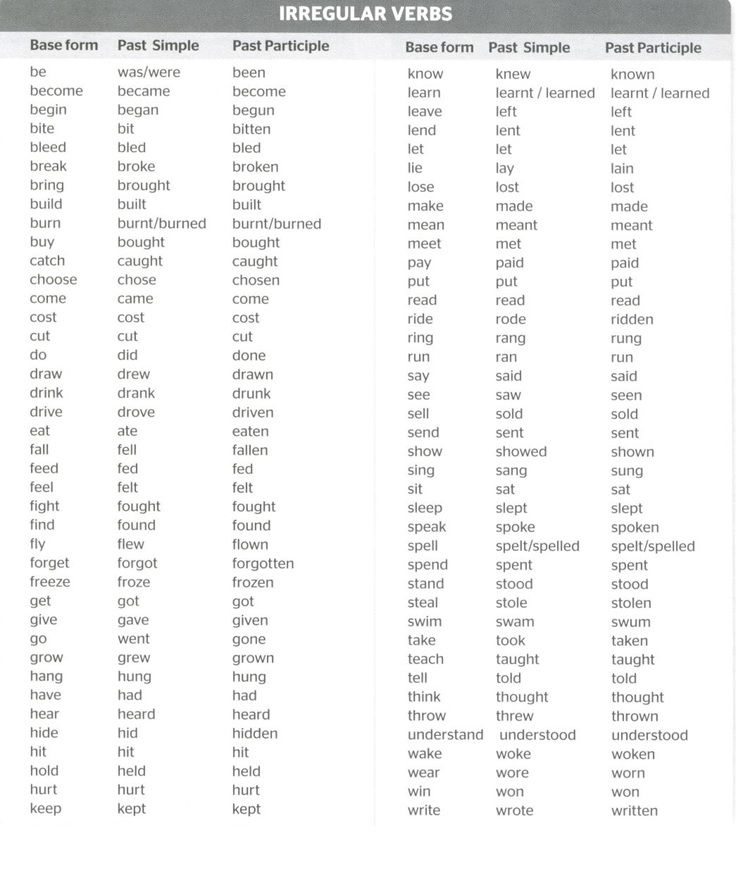 I (am) a musician. | |||||
| She is in love. She is in love. | |||||
| You are in my house. You are in my house. | |||||
| We're playing. We are playing. | |||||
| |||||
| |||||
|
| I'm not a musician. I am not a musician. | |||||||
| She isn't in love. She is not in love. | |||||||
| You aren't in my house. You are not in my house. | |||||||
We're not playing.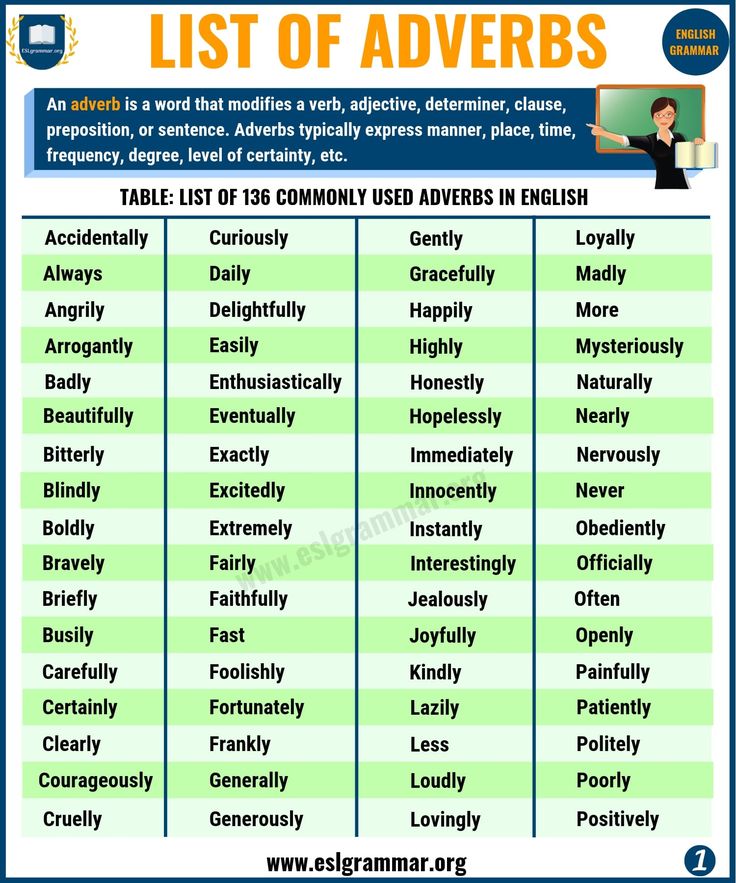 We don't play. | |||||||
| |||||||
|
| Am I a musician? Am I a musician? | ||||||||
| Is she in love? Is she in love? | ||||||||
| Why are you in my house? Why are you in my house? | ||||||||
| Where are you playing? Where do you play? | ||||||||
| ||||||||
|
The verb to be takes the form am when talking about oneself I (I).
- I am twenty. - I am twenty years old).
- I am fine. - I'm fine.
- I am at home. - I (I am, I am) at home.
- I am a musician and I am playing the piano now. I am a musician and now I play the piano.
The verb to be takes the form is when talking about someone or something in the third person singular ( he - he, she - she, it - it).
- Pierre is smart. Pierre is smart.
- She is so beautiful! - She is so beautiful!
- It is in my home. - It (is) in my house.
- My room is upstairs. – My room (is) upstairs.
The verb to be takes the form are with the plural of people or things ( we - we, you - you, they - they). Also are is always used with pronoun you , which, depending on the context, can be translated as " you " or " you ", " you " in the singular.
Also are is always used with pronoun you , which, depending on the context, can be translated as " you " or " you ", " you " in the singular.
- Hurry up! You are going to be late! - Hurry! You will be late! (singular)
- Why don't you close the window if you are cold? Why don't you close the window if you are cold? (plural)
- We are in Detroit. We (are) in Detroit.
- They are beautiful. - They are beautiful.
- I think these statues are rather interesting. I think these statues are very interesting.
The verb to be in combination with personal pronouns can take on abbreviated forms that are often used in colloquial speech.
- I am in love. - I'm in love.
- I'm in love. - I'm in love.
- She is beautiful. - She's beautiful.
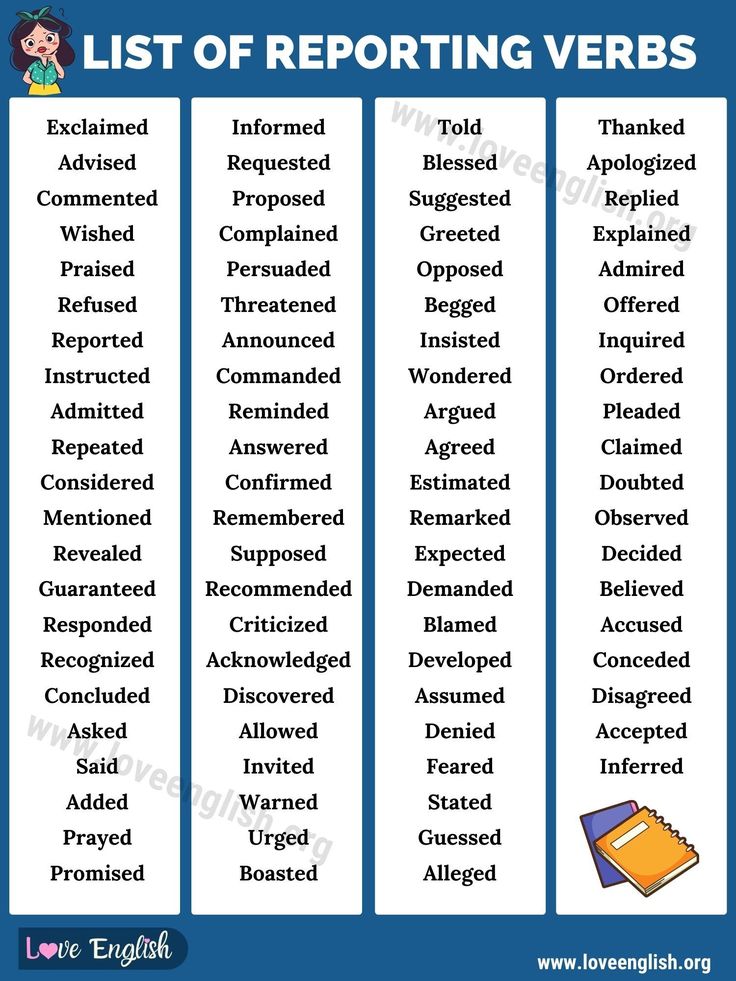
- She's beautiful. - She's beautiful.
- We are tired. Let us rest a bit. - We are tired. Give us some rest.
- We're tired. Let us rest a bit. - We are tired. Give us some rest.
|
|
|
In negative sentences, the particle not is placed immediately after the verb to be . At the same time, abbreviations isn't , aren't 9 are often used in oral speech.0004 and ain't . There is no abbreviation amn't from am not in modern English, but the abbreviation I'm not (from I am not ) is often used.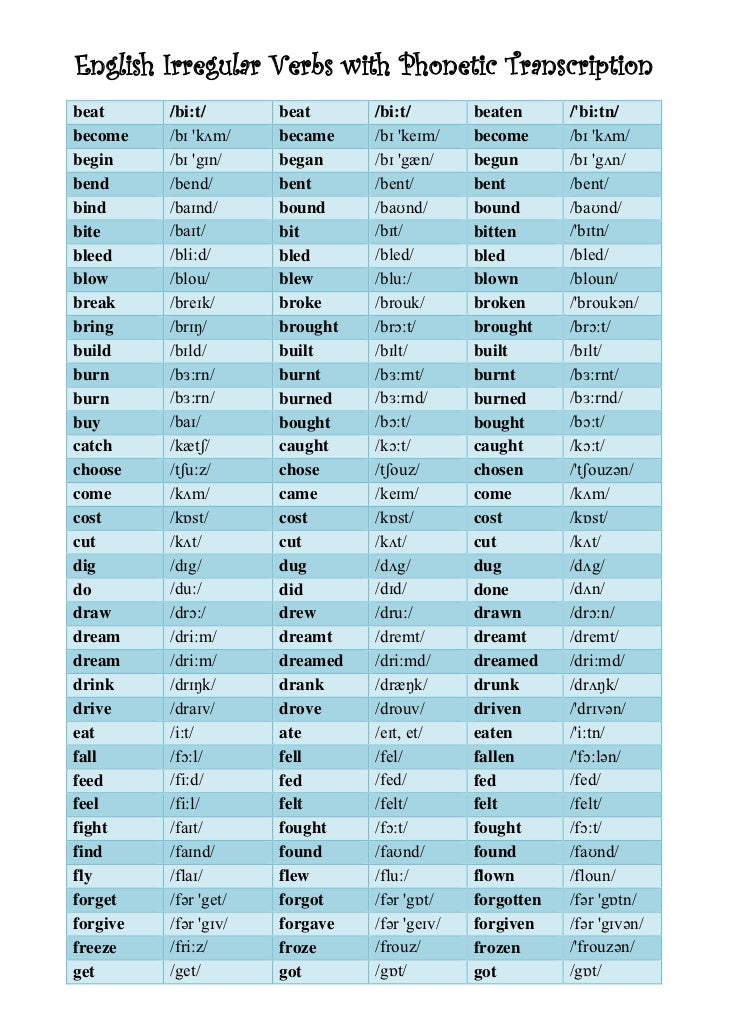
- I'm not perfect. - I'm not perfect.
- is not = isn't
- it is not = It's not
- He isn't here. - He's not here.
- It's not your business. - That is none of your business.
- are not = aren't
- we are not = we're not
- they are not = they're not
- We're not so different. – We are not so different.
- We aren't so different. – We are not so different.
- They're not Americans. - They're not Americans.
The word ain't can replace any negation from to be in the present tense in informal speech.
- I ain't perfect. - I'm not perfect.
- He ain't here. - He's not here.
- We ain't so different. – We are not so different.
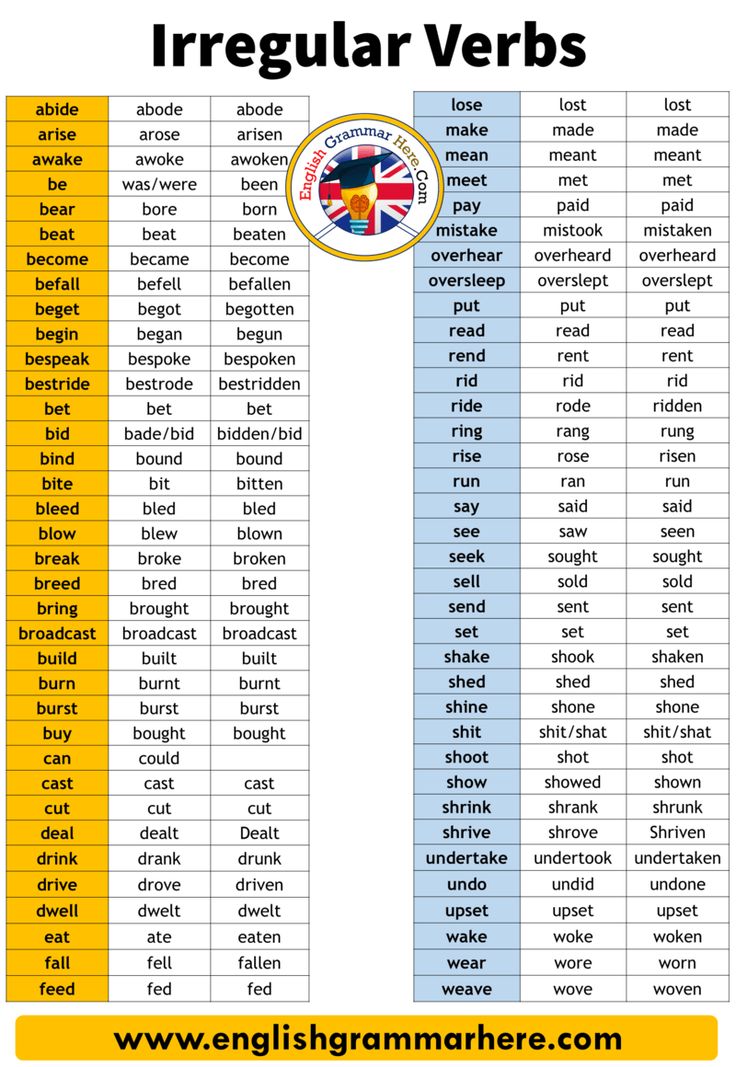
Interrogative sentences with the verb to be are formed by transferring to be to the beginning of sentence before the subject. In special questions, when the question contains interrogative words, the verb to be is placed after them.
- Am I sleeping? – Am I sleeping? (Is this a dream?)
- Is it dangerous? - This is dangerous?
- Are you ready? - You are ready?
- Where am I? - Where I am?
- Who are you? - Who are you (you)?
- Why are these people here? Why are these people here?
- What day is it today? - What day is today?
To be in past tense
The verb to be can take two forms was and were in the past tense (Past Simple, Past Continuous).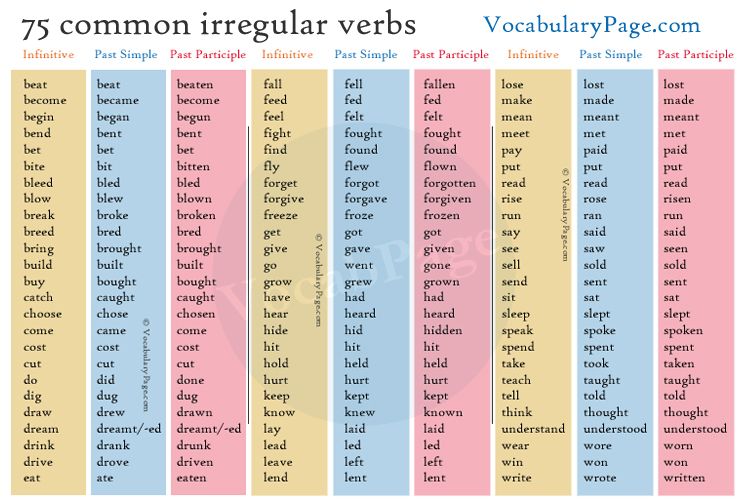
Approval | Negation | Question | ||||||||||||||||||
|---|---|---|---|---|---|---|---|---|---|---|---|---|---|---|---|---|---|---|---|---|
| I was right. I was right. | I wasn't right. I was wrong. | Was I right? Was I right? | ||||||||||||||||||
| You were so close. You were so close. | You weren't close. You weren't close. | Were you close? Were you close? | ||||||||||||||||||
| They were working at 7 pm. They worked at 7pm. | They weren't working at 7 pm. They didn't work at 7pm. | Why were they working at 7 pm? Why did they work at 7pm? | ||||||||||||||||||
|
|
| ||||||||||||||||||
|
|
| ||||||||||||||||||
- approval
- Negation
- Question
| I was right. I was right. | |||||
| You were so close. You were so close. | |||||
They were working at 7 pm. They worked at 7pm. | |||||
| |||||
|
| I wasn't right. I was wrong. | |||||||
| You weren't close. You weren't close. | |||||||
| They weren't working at 7 pm. They didn't work at 7pm. | |||||||
| |||||||
|
| Was I right? Was I right? | ||||||||||
| Were you close? Were you close? | ||||||||||
| Why were they working at 7 pm? Why did they work at 7pm? | ||||||||||
| ||||||||||
|
The verb to be takes the form was when referring to oneself or something in the third person singular ( I , he , she , it ).
- I was the best student in my group. – I was the best student in my group.
- Matt was playing the guitar when I came. Matt was playing the guitar when I came.
- She was in the kitchen and didn't hear the phone ringing. She was in the kitchen and didn't hear the phone ringing.
- The doll was broken and I tried to fix it. The doll was broken and I tried to fix it.
The verb to be takes the form were [wɜː] when it is plural ( we - we, you - you, they - they), and also together with the pronoun
you (
you you, you).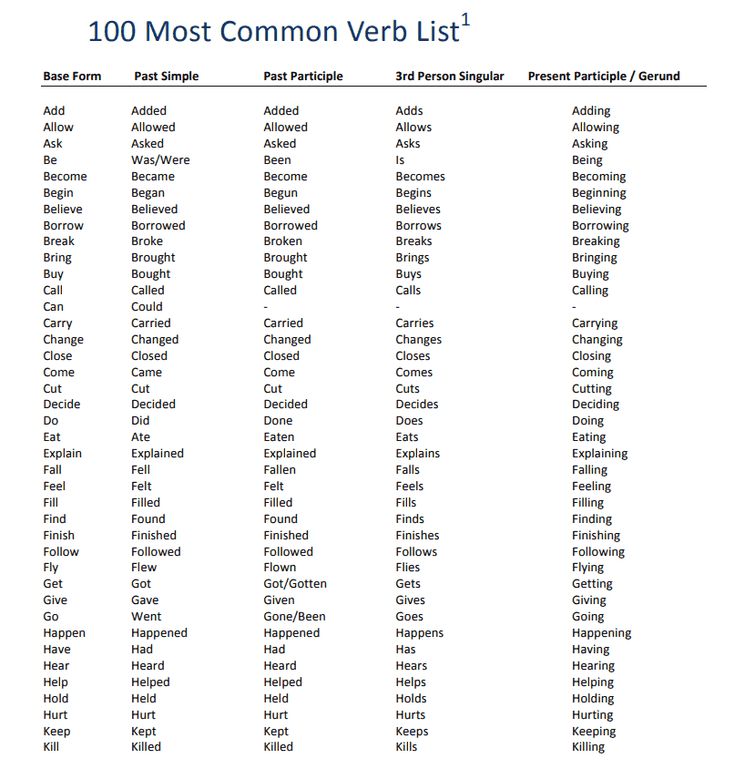
- You were so close. - You were so close.
- We were right above you. We were right above you.
- They were so rich. - They were so rich.
- Mosquitoes were attacking from all sides. The mosquitoes attacked from all sides.
- My glasses were broken so I couldn't see anything. My glasses were broken so I couldn't see anything.
In negative sentences, the particle not is placed immediately after the verb to be . At the same time, abbreviations wasn't and weren't are often used in oral speech. There are no abbreviated forms of the verb in the past tense to be with pronouns as in present tense.
- I wasn't playing games when my mom came. I wasn't playing games when my mom came.
- That wasn't my home. “That was not my house.
- You weren't lucky.
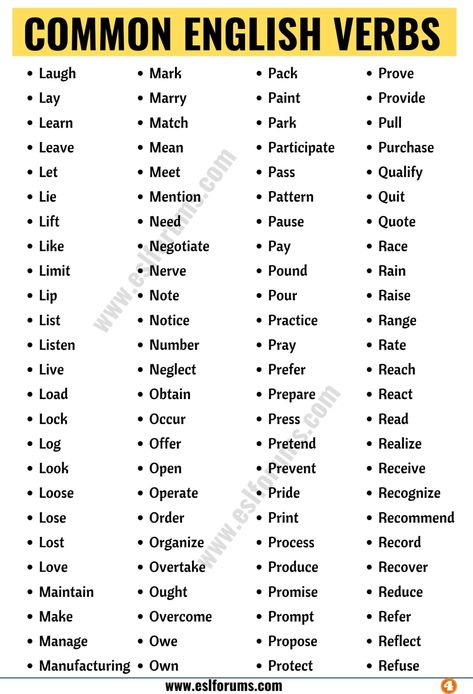 - You're not lucky.
- You're not lucky. - These guys weren't friendly. These guys weren't friendly.
Interrogative sentences with the verb to be are formed by transferring to be at the beginning of a sentence. In special questions, when the question contains interrogative words, the verb to be is placed after them.
- Was I sleeping? - I was asleep? (Was it a dream?)
- Was it dangerous? - Was it dangerous?
- Were you ready? – Were you ready?
- Where was I? – Where was I?
- Why were those people here? Why were those people here?
- What day was it yesterday? – What was the day yesterday?
To be in the future tense
In the future tense (Future Simple, Future Continuous) the verb to be has no special forms and is used according to the general rules with auxiliary verbs shall and will .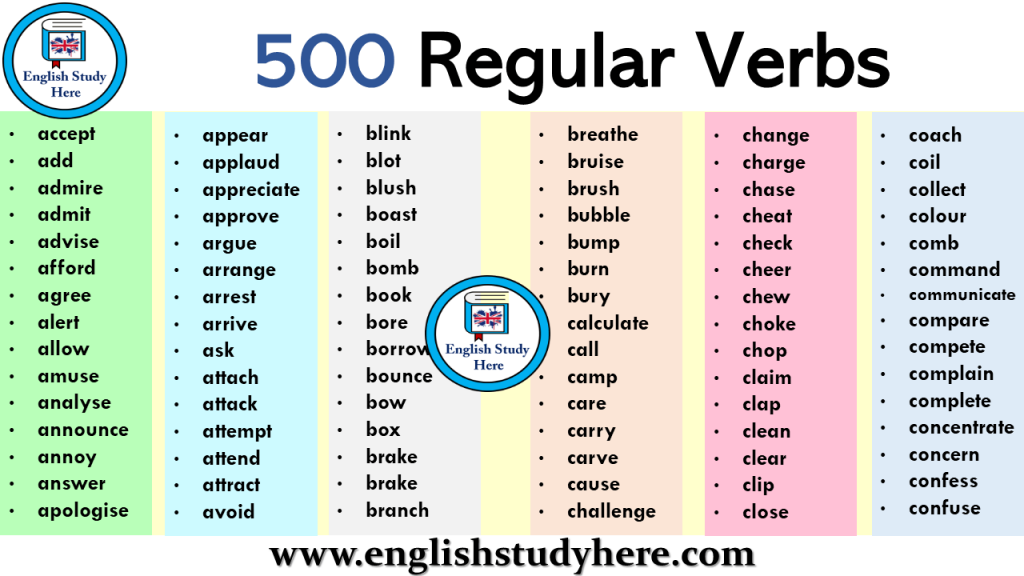
- I shall be a doctor. - I will be a doctor.
- She will be working at 8 tomorrow. She will be working tomorrow at 8.
- My parents will be 60 next year. My parents will turn 60 next year.
To be does not change
The verb to be does not change in the imperative mood expressing an order, request, wish. In this case, the particle to is not used.
- Be happy! - Be happy.
- - Be careful.
- Be yourself. - Be yourself.
- Be a man! - Be a man.
The verb to be does not change when it is preceded by another semantic or modal verb. In this case, the particle not is placed before the verb to be . Depending on the verb with which to be is used, the particle to may be omitted (naked infinitive).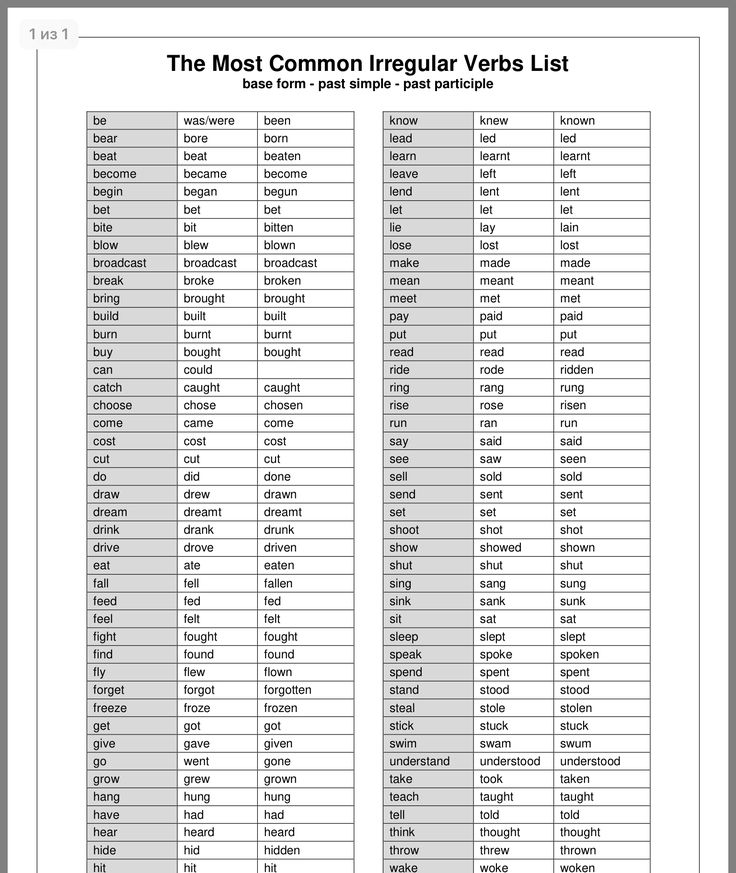
- I want to be with you. - I wanna be with you.
- I don't want to be angry. - I don't want to be mean.
- It might not be true. “Maybe it's not true.
- It might be true. - It might be true.
- You should not be here. “You shouldn't be here.
- Could it be here? - Could it be here?
The verb to be is used to express the presence of , the presence of , the location of , the description of qualities and properties objects , as well as for the formation of temporary grammatical constructions with other verbs.
In Russian, the verb to be is usually omitted, unlike in English, where to be can never be omitted, otherwise the sentence would be grammatically incorrect and lose its meaning.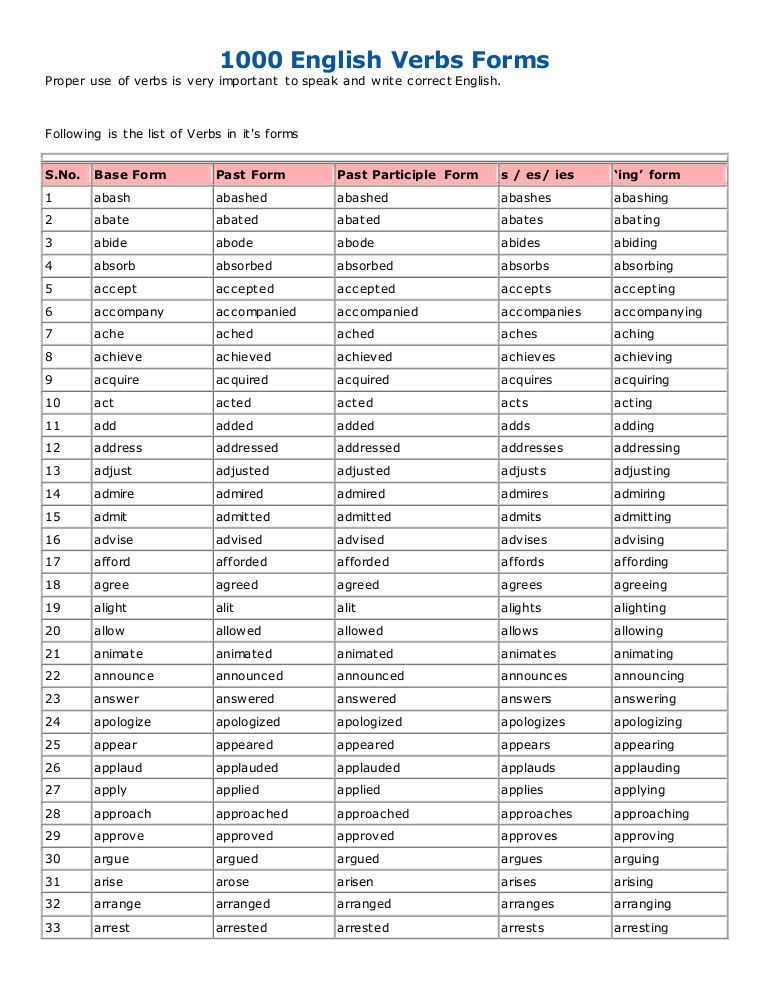
In the sentence, the verb to be can act as a semantic verb, a linking verb, an auxiliary or modal construction to be to.
- Ann is here. – Ann (present) is here. (semantic verb)
- I am tall. – I (am) tall. (linking verb)
- Jack is reading now. Jack is reading now. (auxiliary verb)
- We are to be there at 6. (modal verb)
Semantic verb to be
To be conveys the meaning "9" as a semantic verb1263 is ", " is ", " is in is ". In a sentence, he acts as a simple predicate.
- Mark is on the meeting. – Mark (is present) at the meeting.
- Our cars are near the house. Our cars (stand) at the house.
- There are some eggs in the fridge. - There are some eggs in the fridge.
Linking verb to be
The verb to be as a linking verb in the sentence is part of the nominal predicate and is used in the meaning of " is ", " is " to indicate the signs of objects.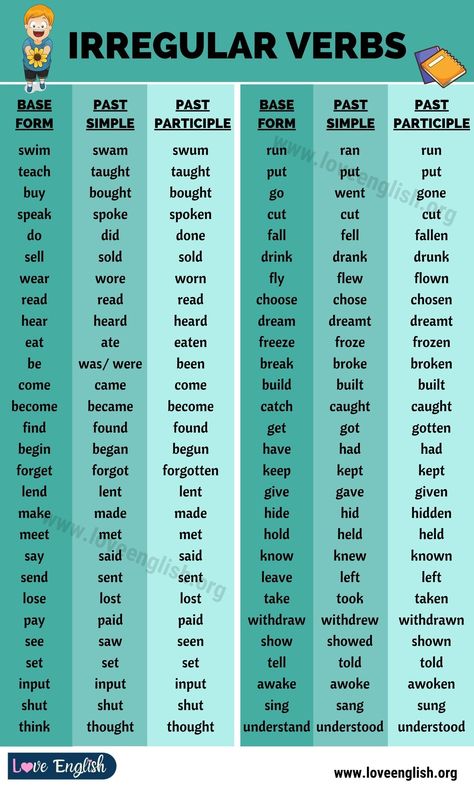 In this meaning, to be is usually not translated into Russian.
In this meaning, to be is usually not translated into Russian.
- I am very happy! - I'm very happy.
- Ann isn't a student. Ann is not a student.
- Are they Italians? Are they Italians?
- She was 20 when I met her for the first time. She was 20 when I first met her.
To be as an auxiliary verb
As an auxiliary verb to be does not have its own meaning, therefore it is not translated into Russian. The forms of the verb to be (as well as its third form been ) are used to form grammatical structures and forms: to form a passive voice and continuous tenses (Present Continuous, Present Perfect Continuous, Past Continuous, Past Perfect Continuous, Future Continuous, Future perfect continuous).
- I'm working now. - I am working now.
- I was working when Jack came. I was working when Jack came.

Learn more

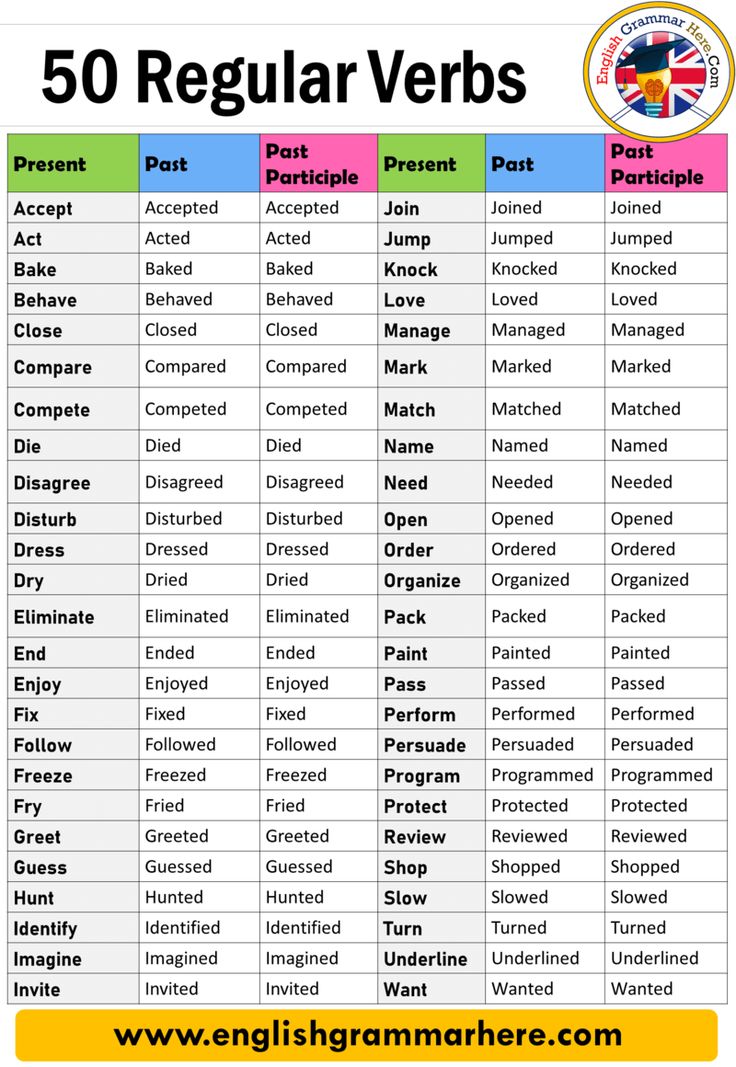
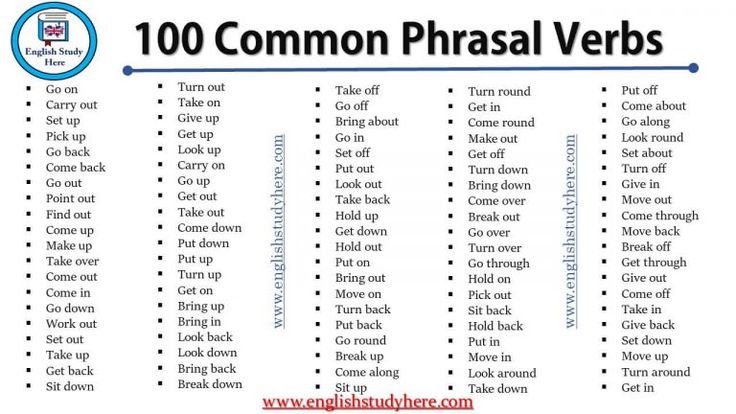
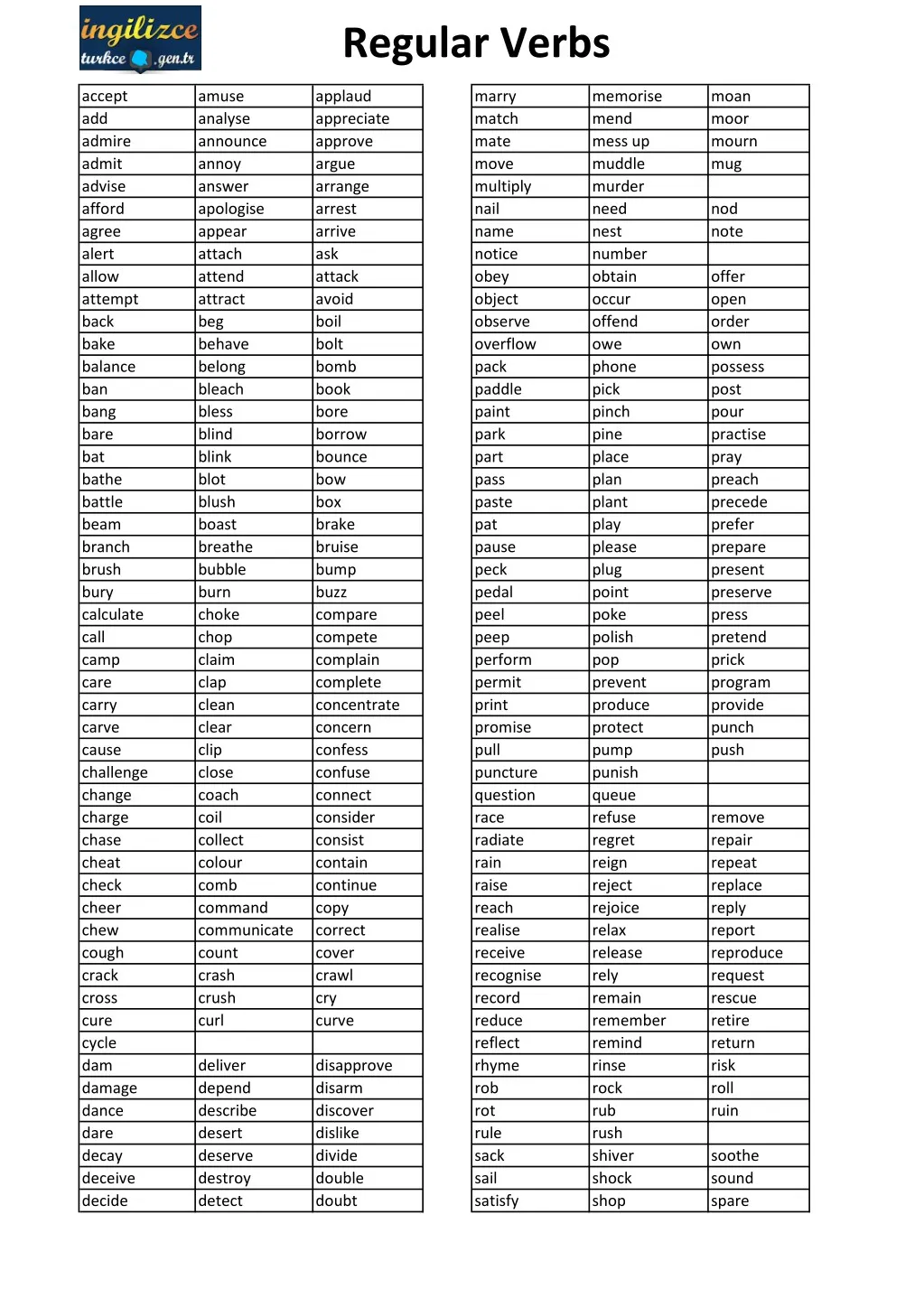 ..
.. 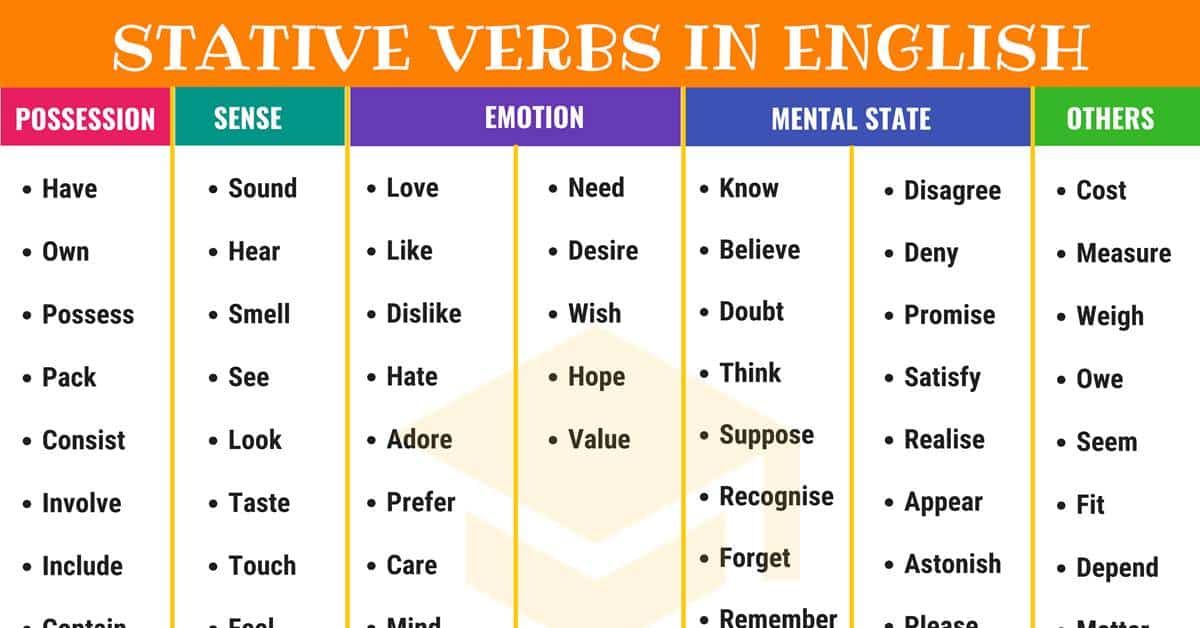 ..
..  ..
..  ..
.. 